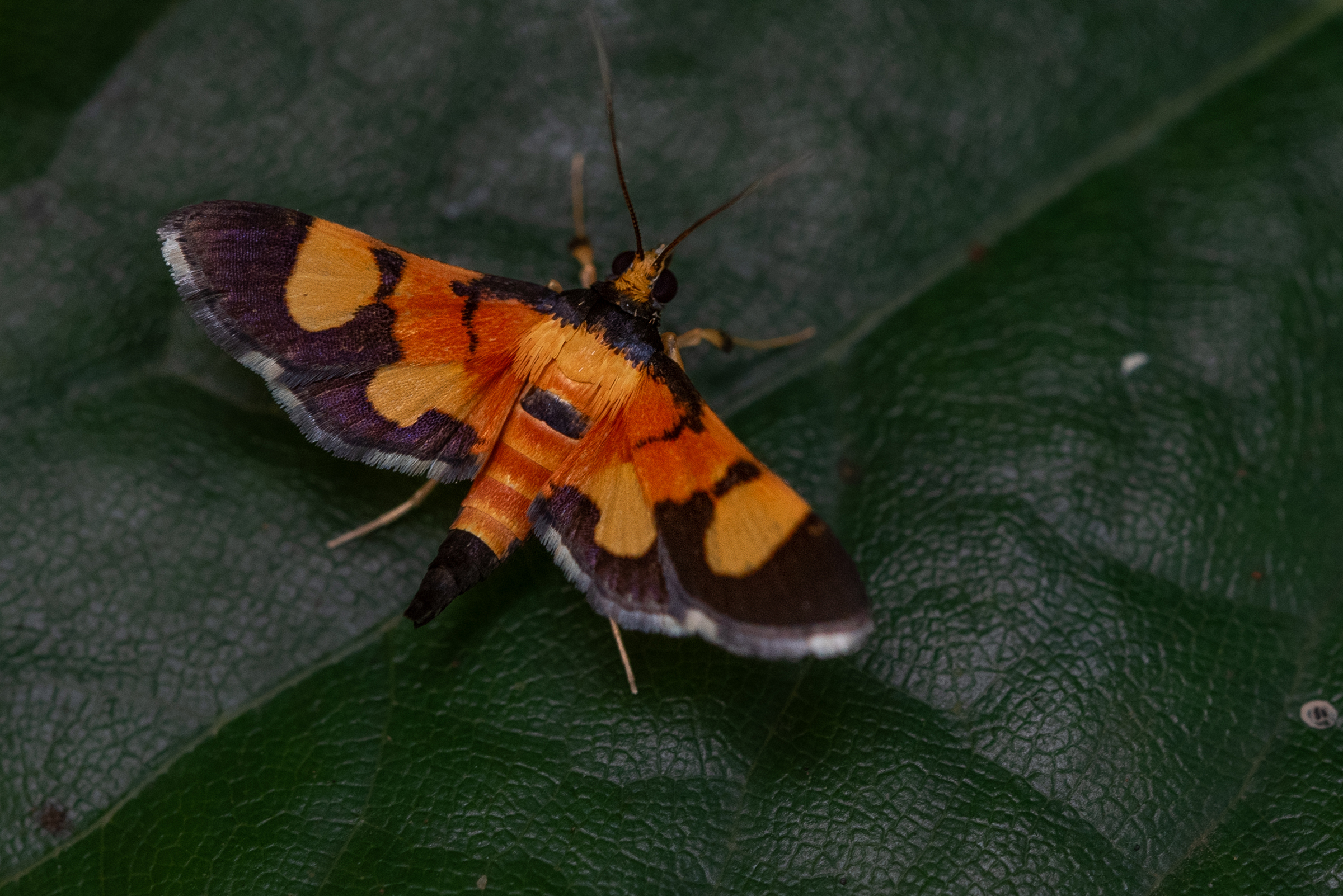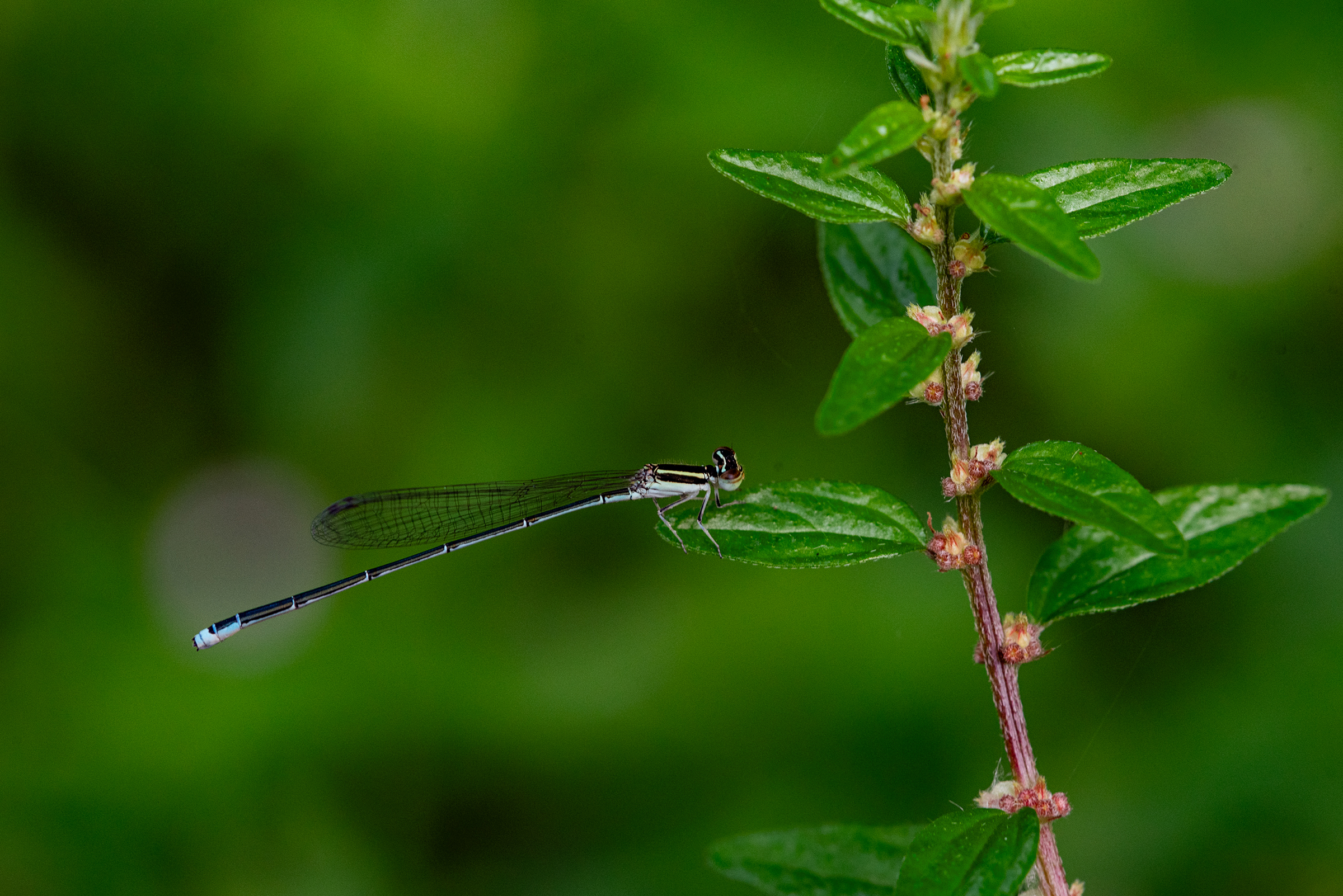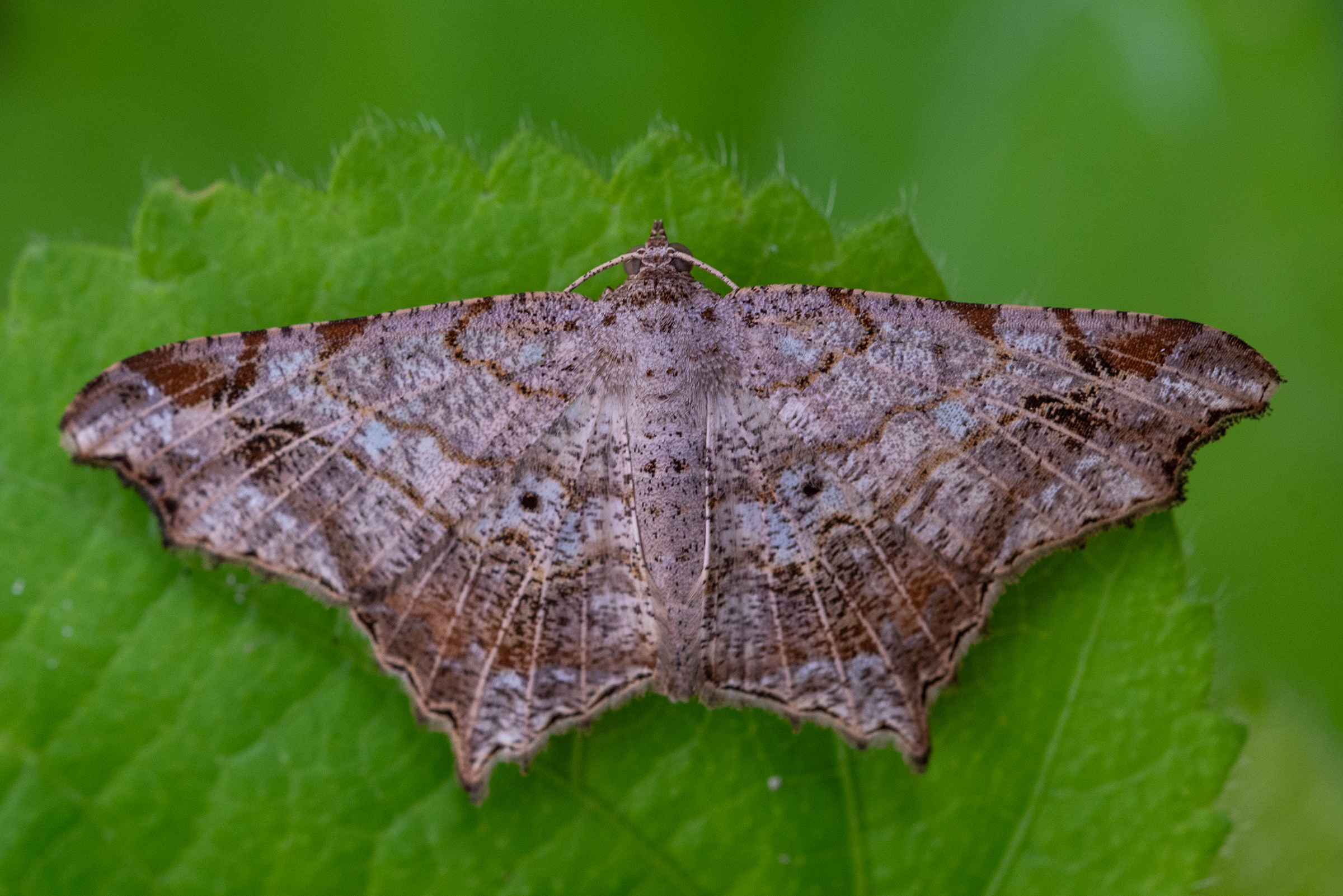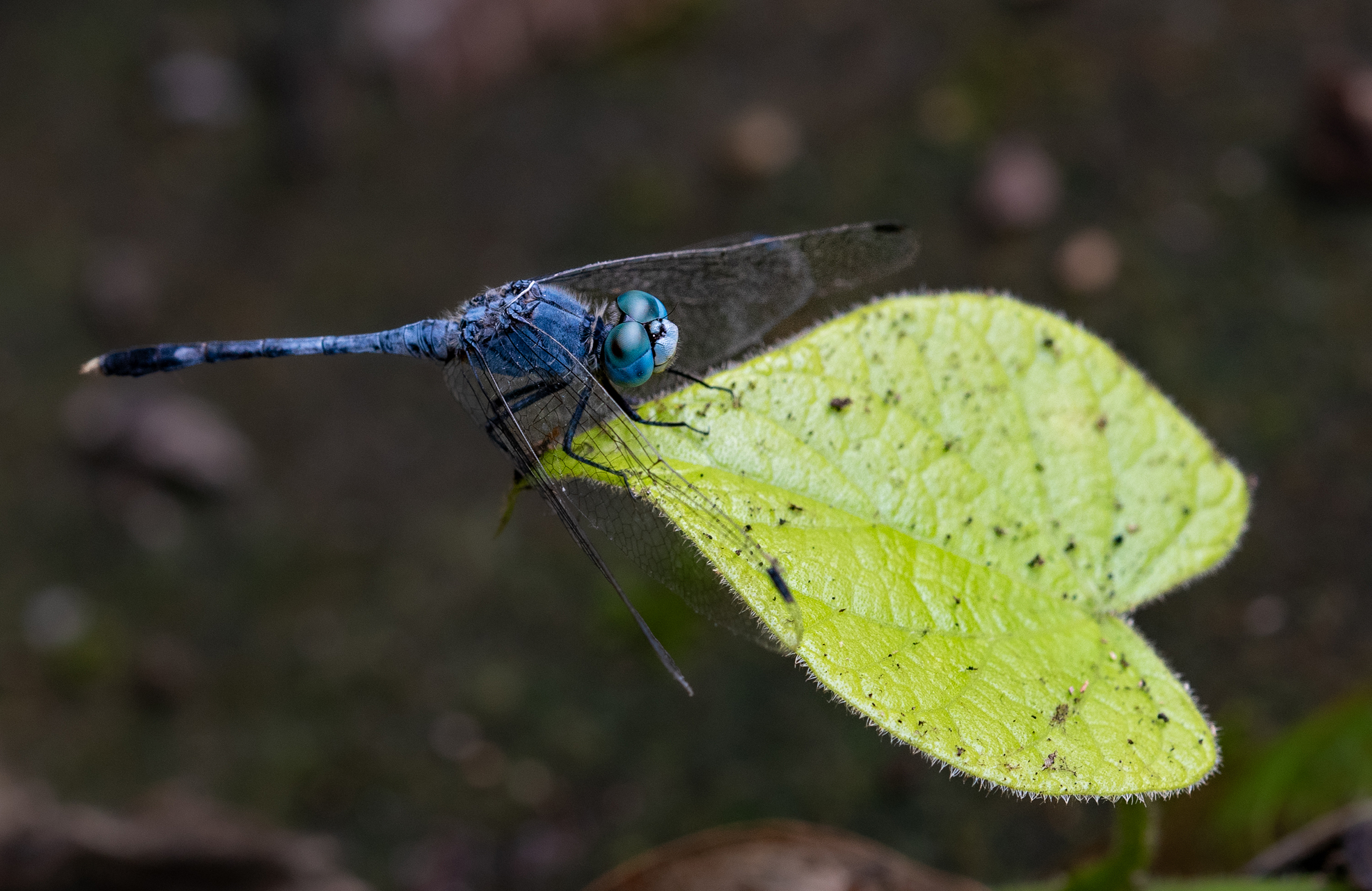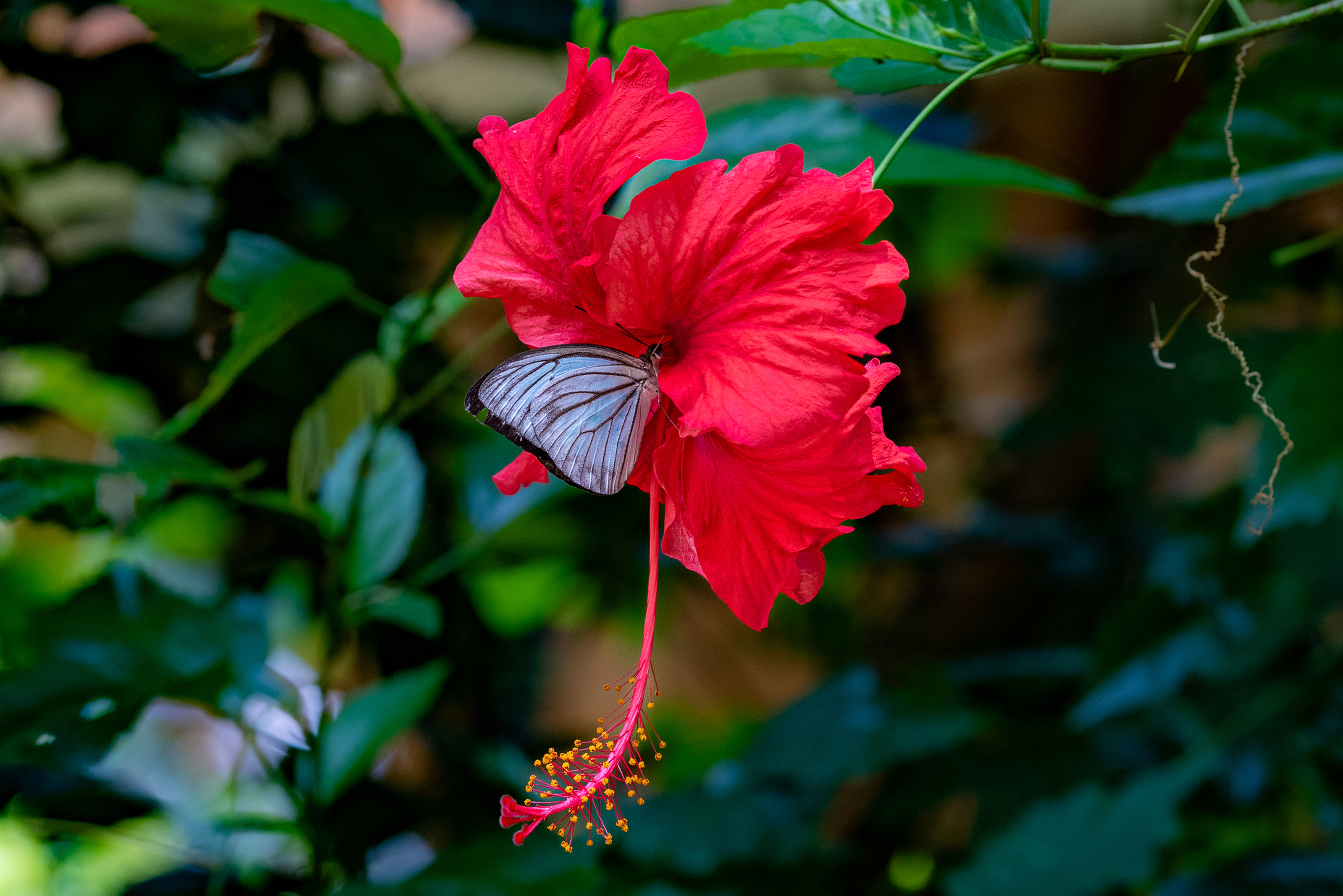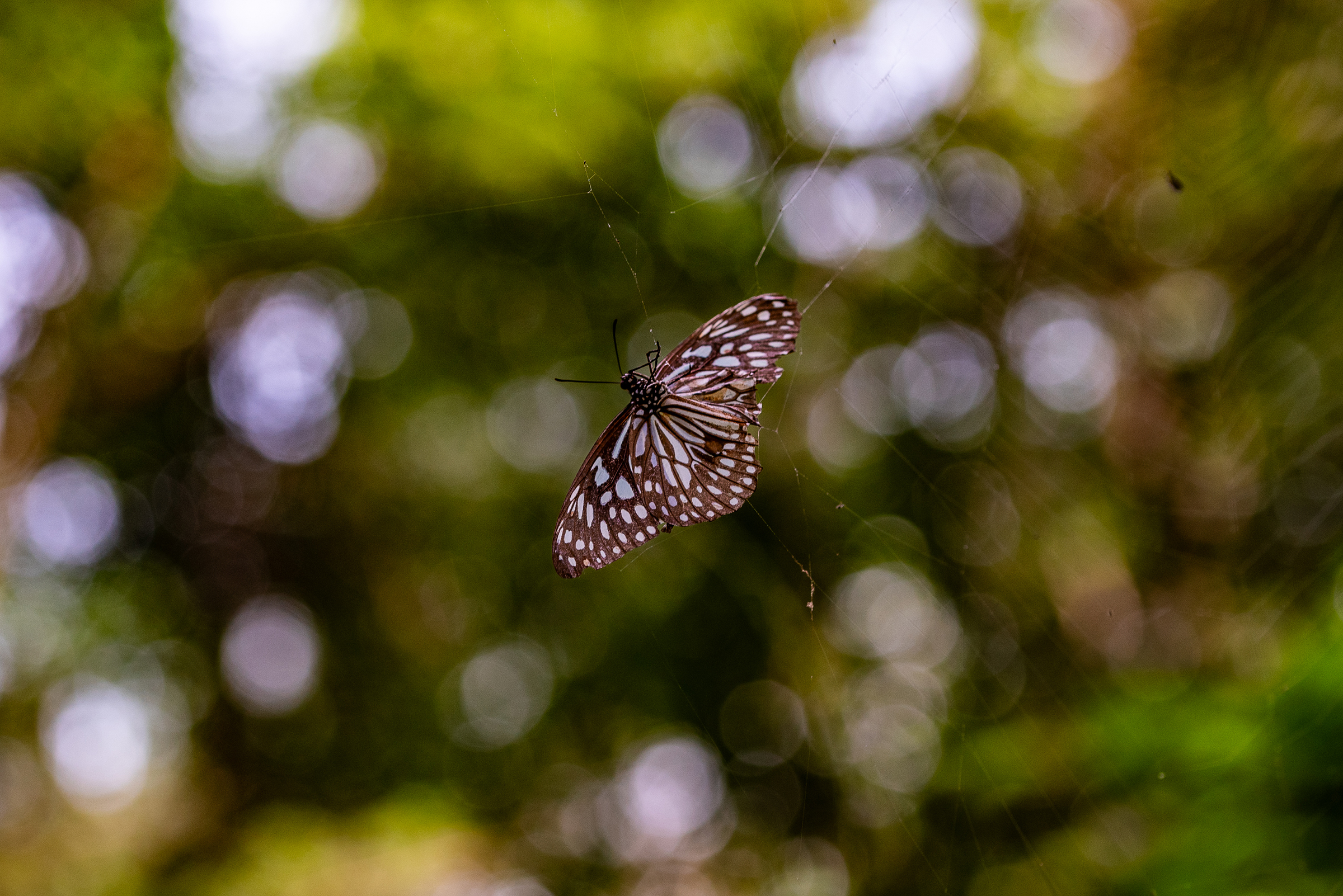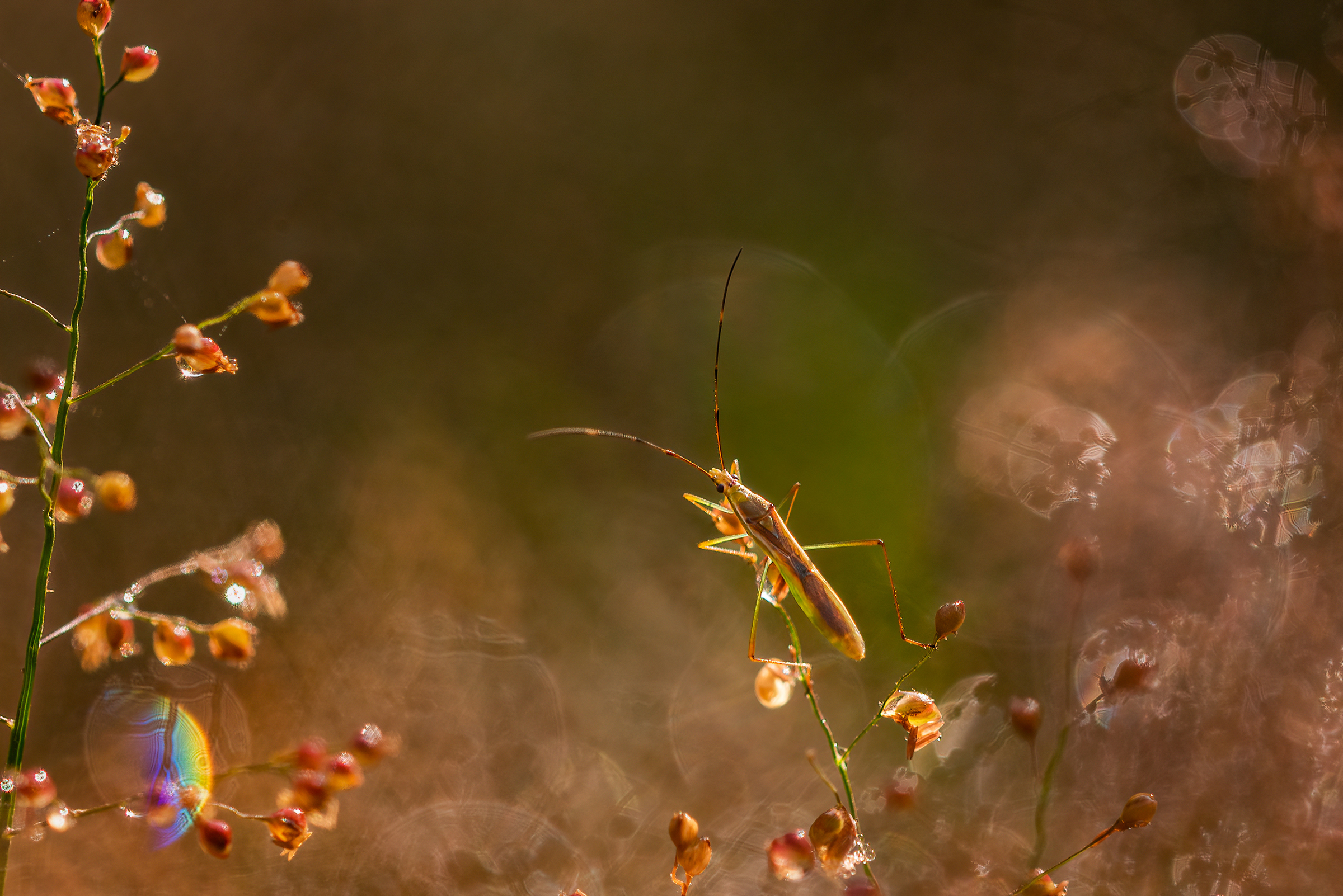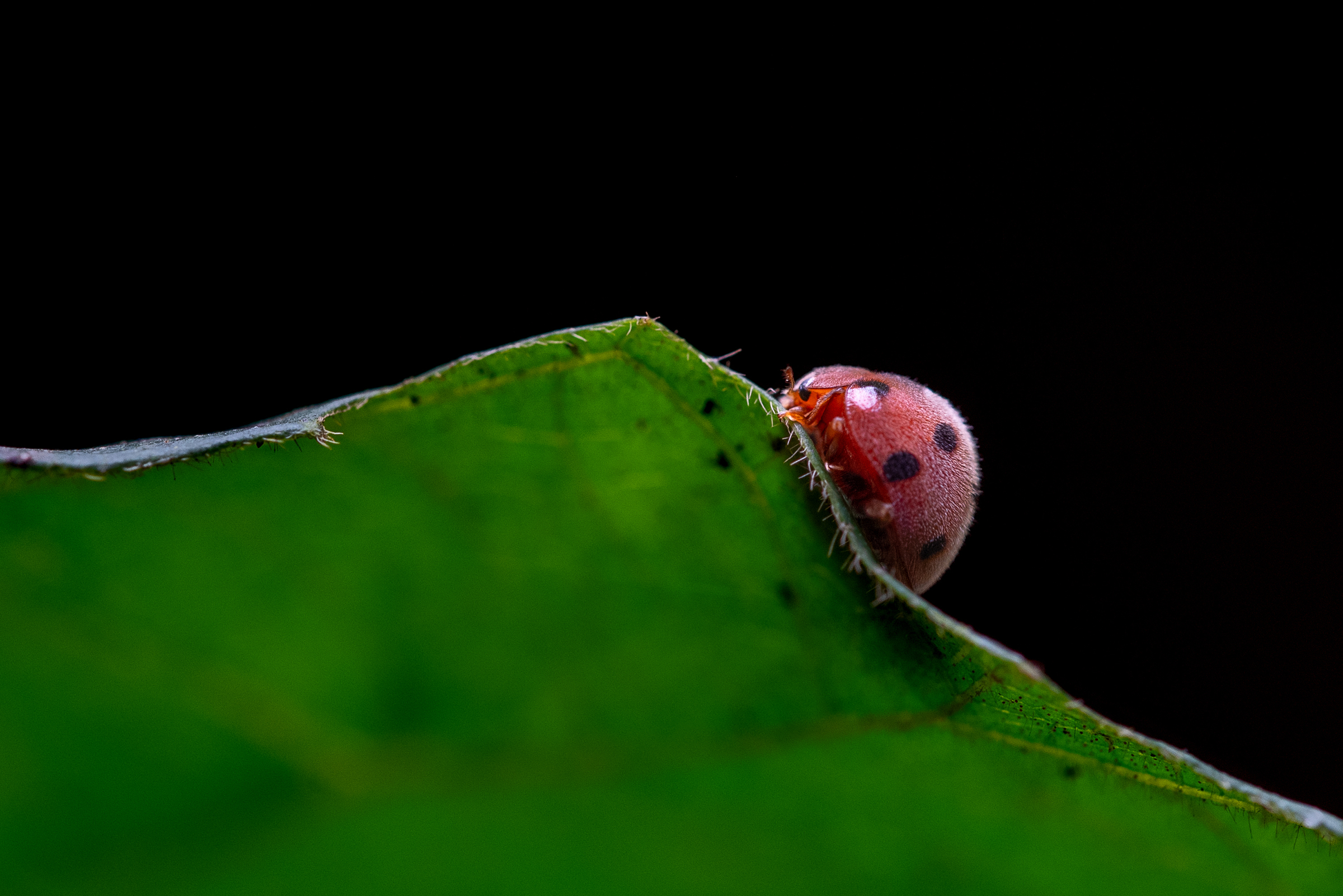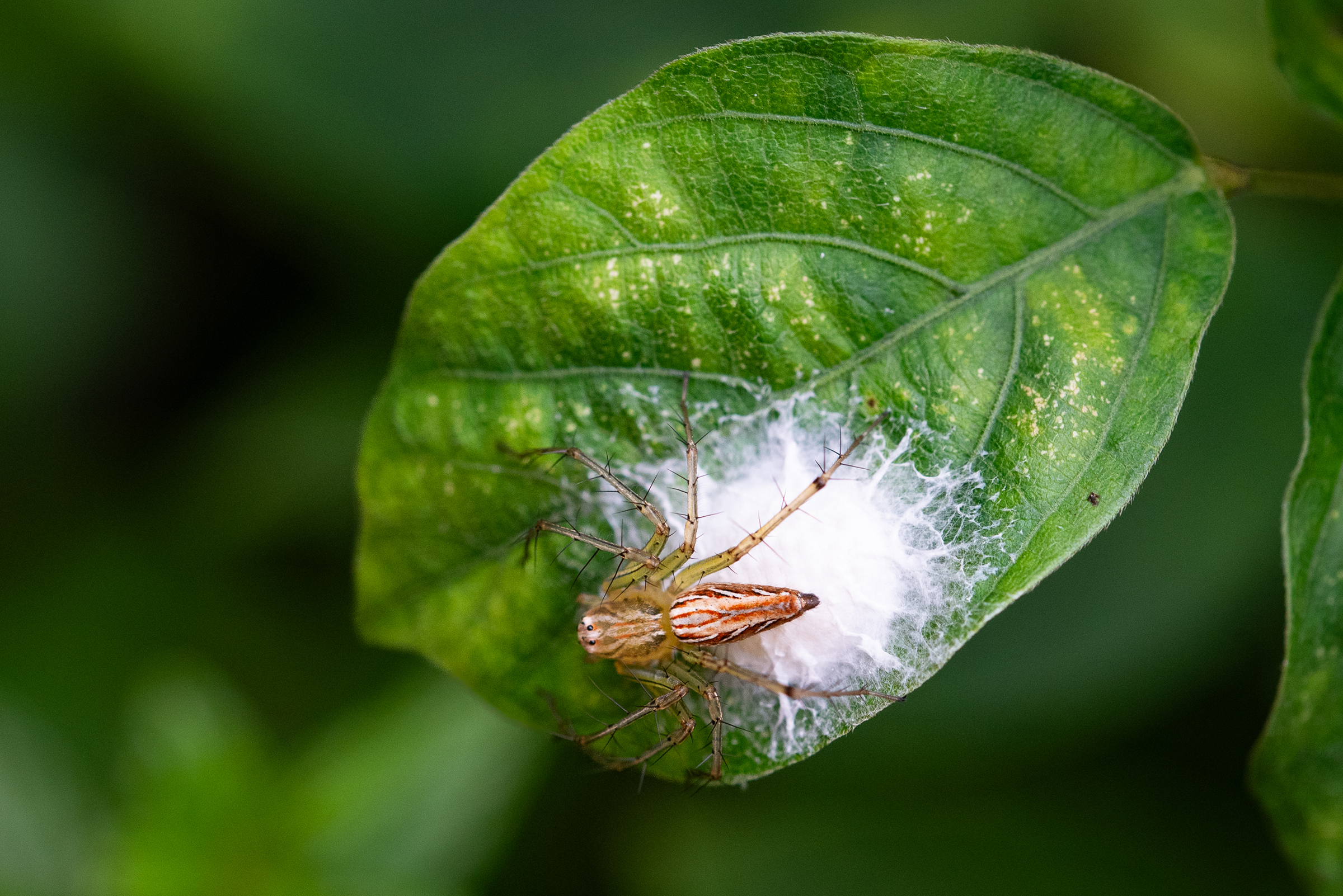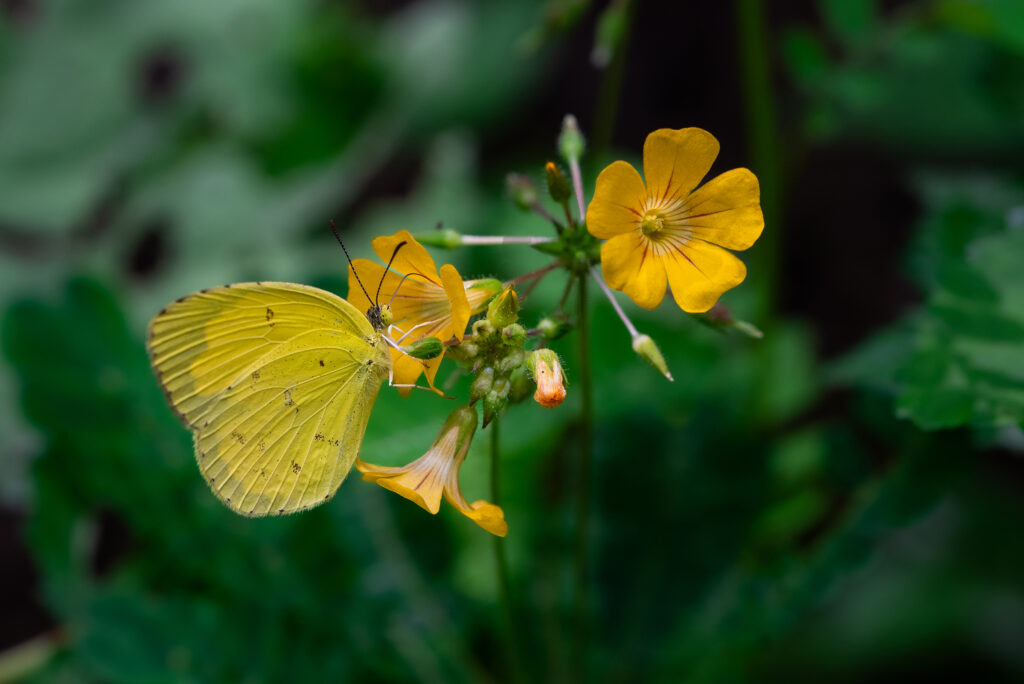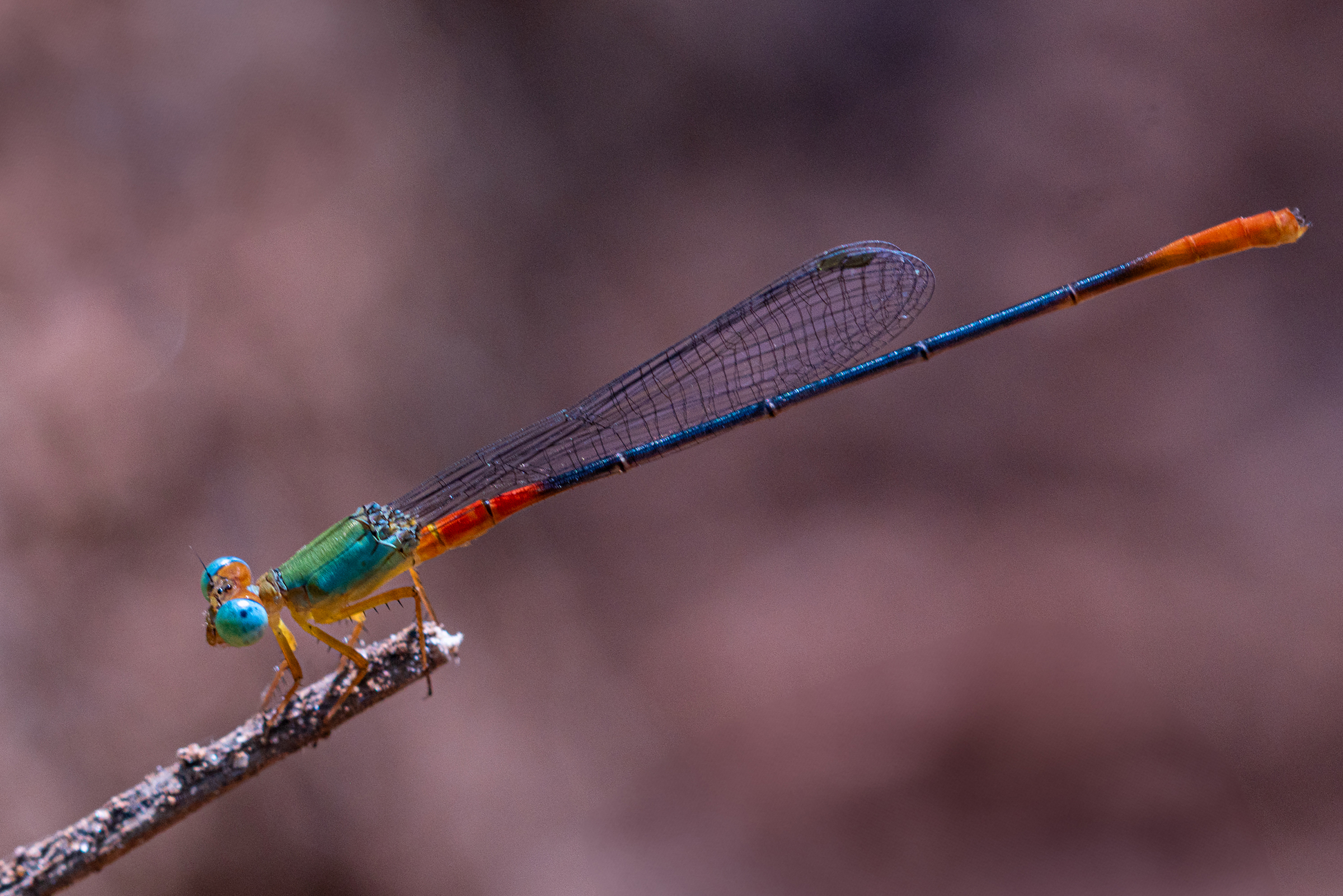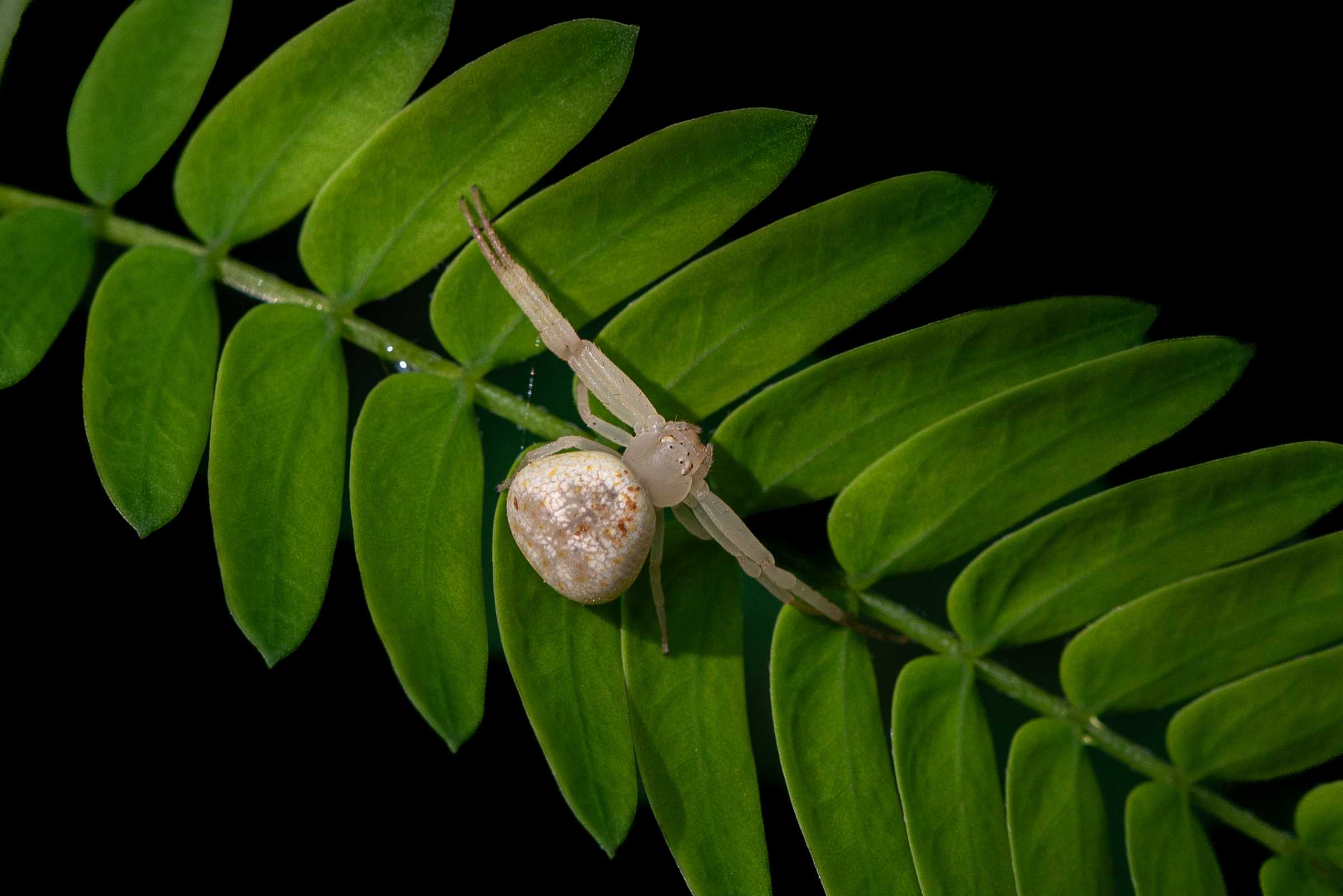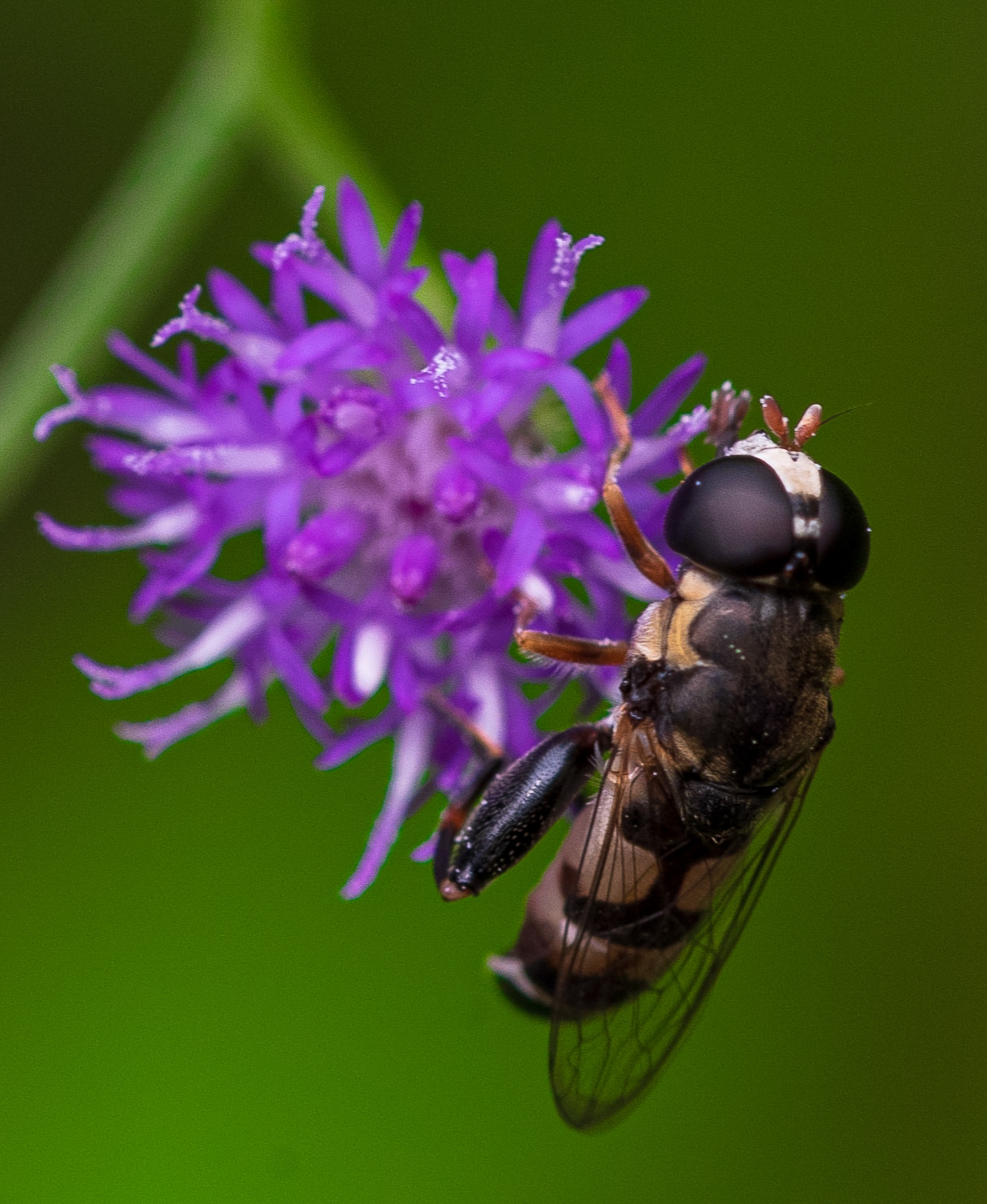Each year, I return home to Kerala from the bustling city life of Dubai. Every time, no matter how many years pass, there is one ritual that remains unchanged: my early morning walks around our home, camera in hand, eyes scanning the green corners of the garden for movement, color, life.
For me, these aren’t just photography sessions. They are personal, sacred moments, a way of connecting with my roots, my memories, and the quiet little beings that live around us, unnoticed by most.
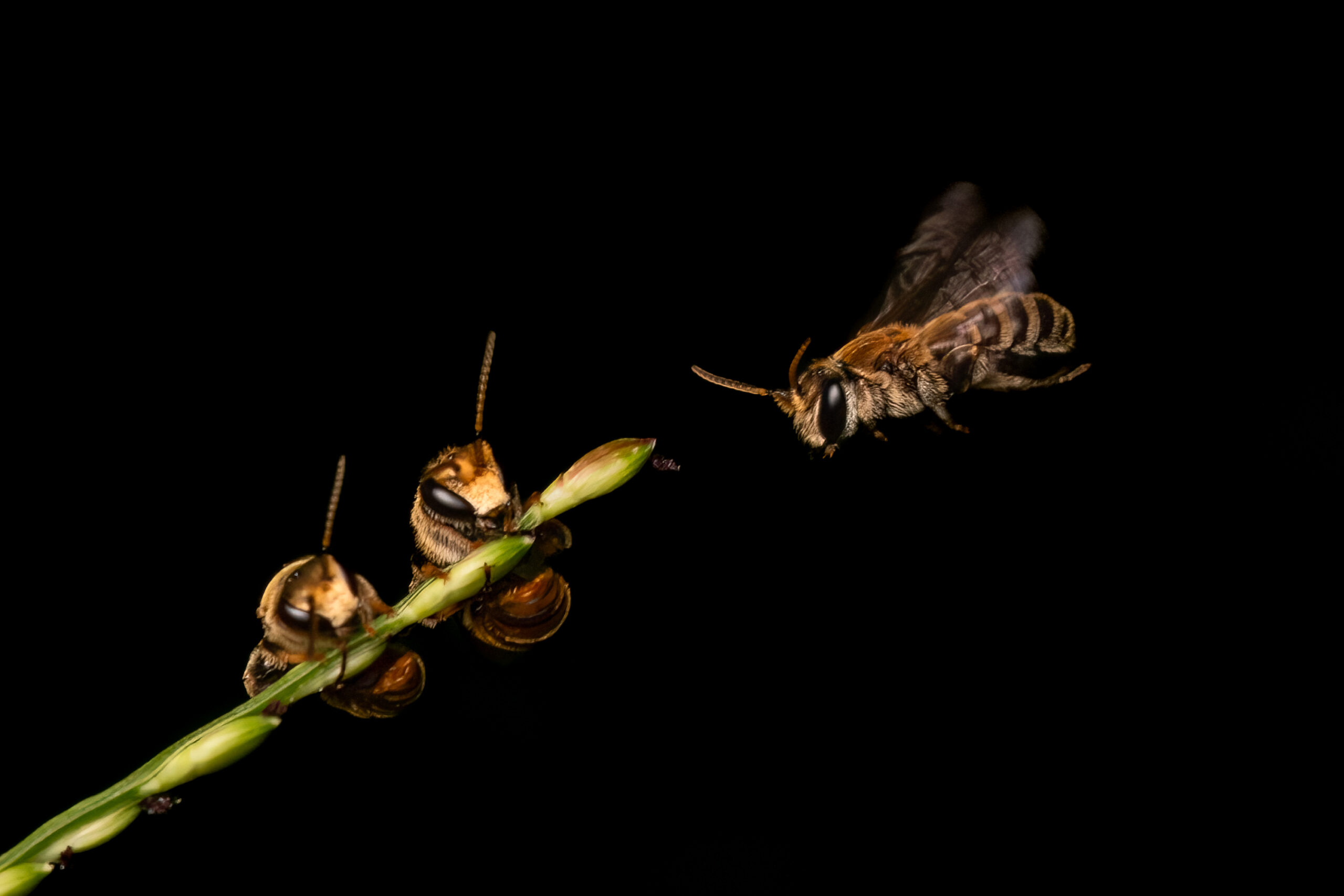
My deep love for nature was not something I discovered. It was something I inherited. My father was the first person who showed me the joy of being in nature, the magic of planting a tree and watching it grow, the stillness of observing a bird without disturbing it. Our life in Kerala was always surrounded by nature, and I was raised with the understanding that this world was not just ours, it belonged to all beings, even the smallest ones.
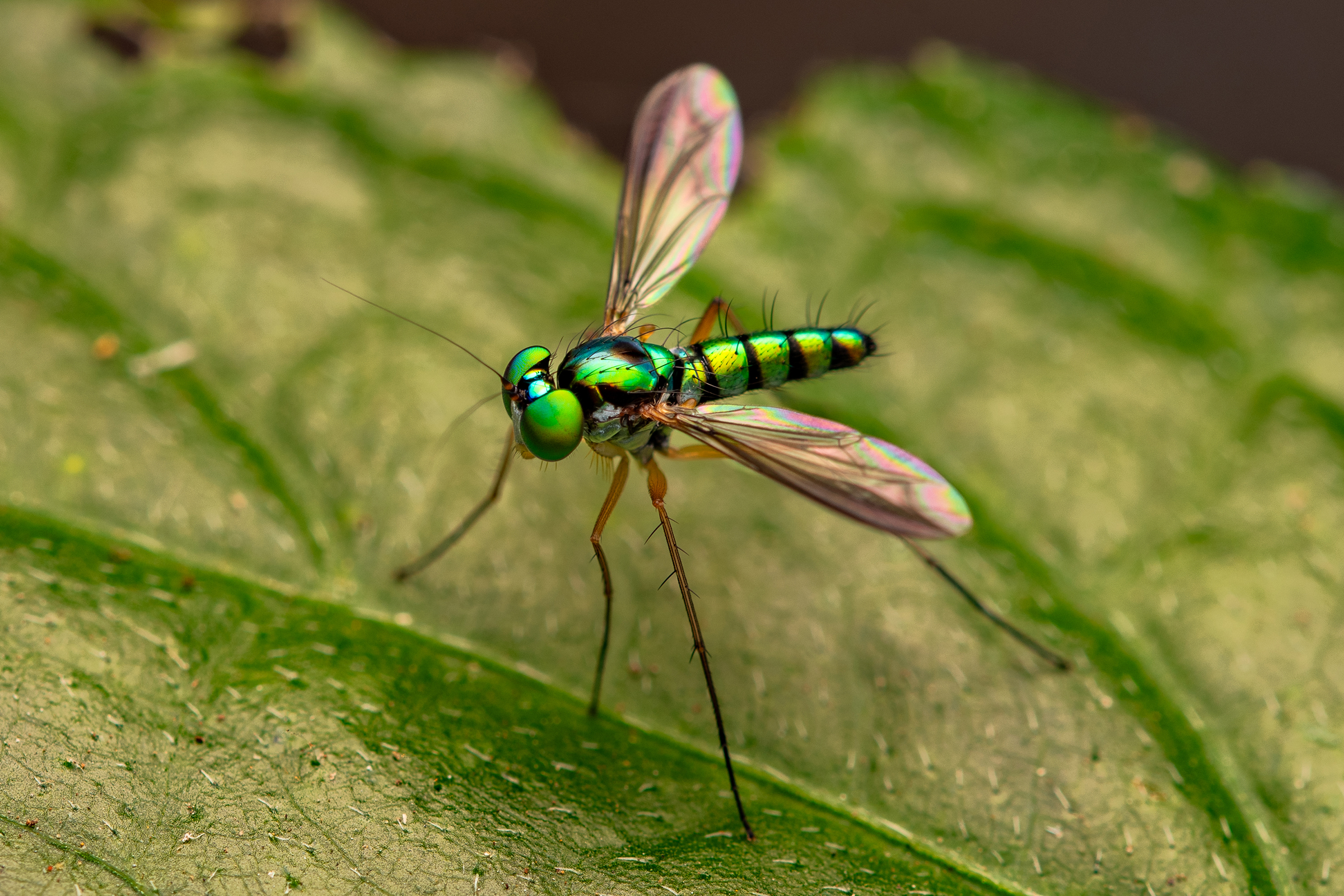
He taught me that planting a tree is an act of hope, that every butterfly in the garden has its own story, and that we must live in harmony with the land, not above it. These lessons were never preached; they were shown, lived, and passed down gently.
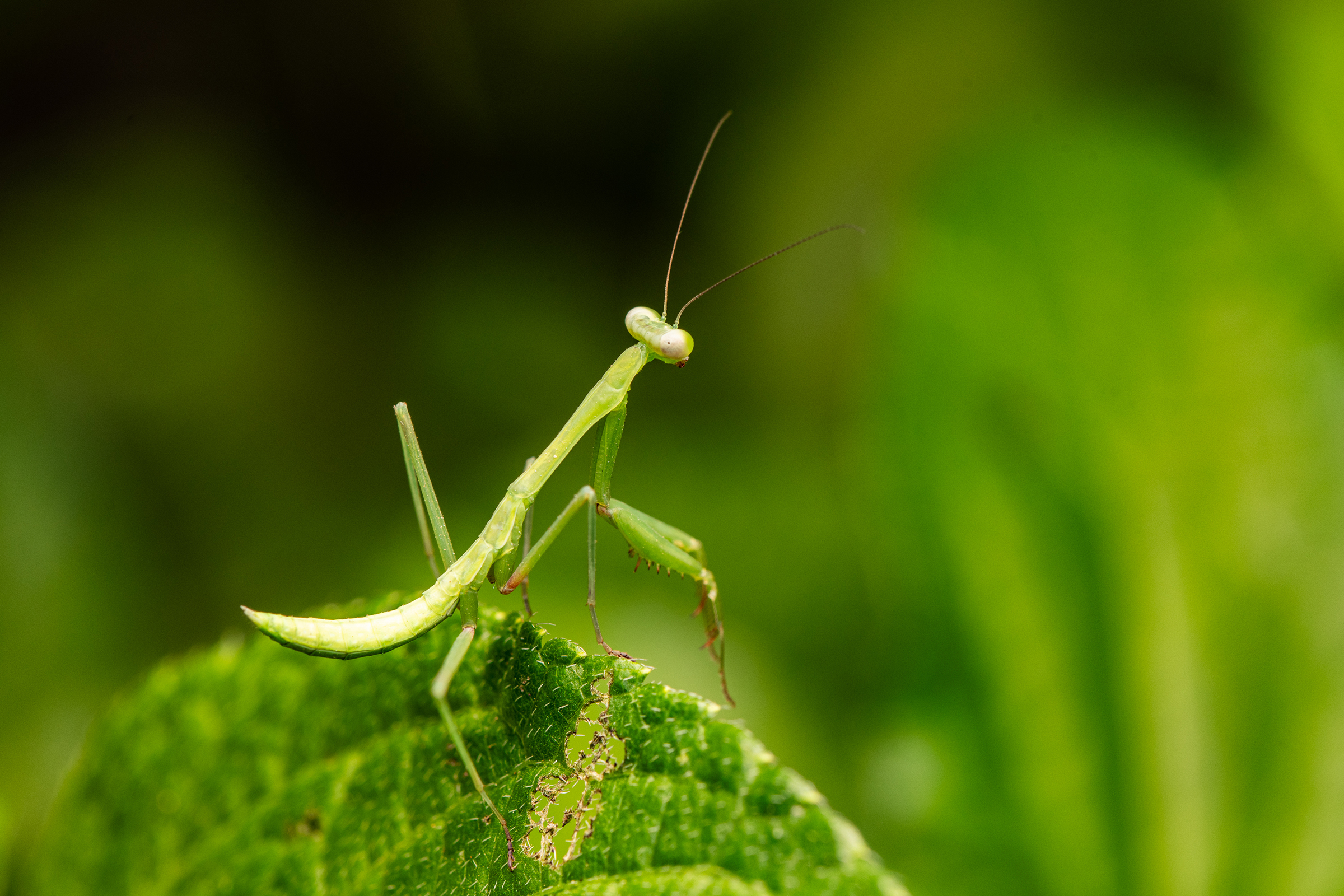
Because of him, I developed the habit of planting trees and small plants every year around our house. It brings me joy. And over the years, I’ve become fiercely protective of them. Even today, I tell my mother very strictly not to cut trees or remove any plants unless it’s absolutely necessary. Every leaf, every flower, every bit of wild growth holds life, and to remove it carelessly is to disturb something sacred.
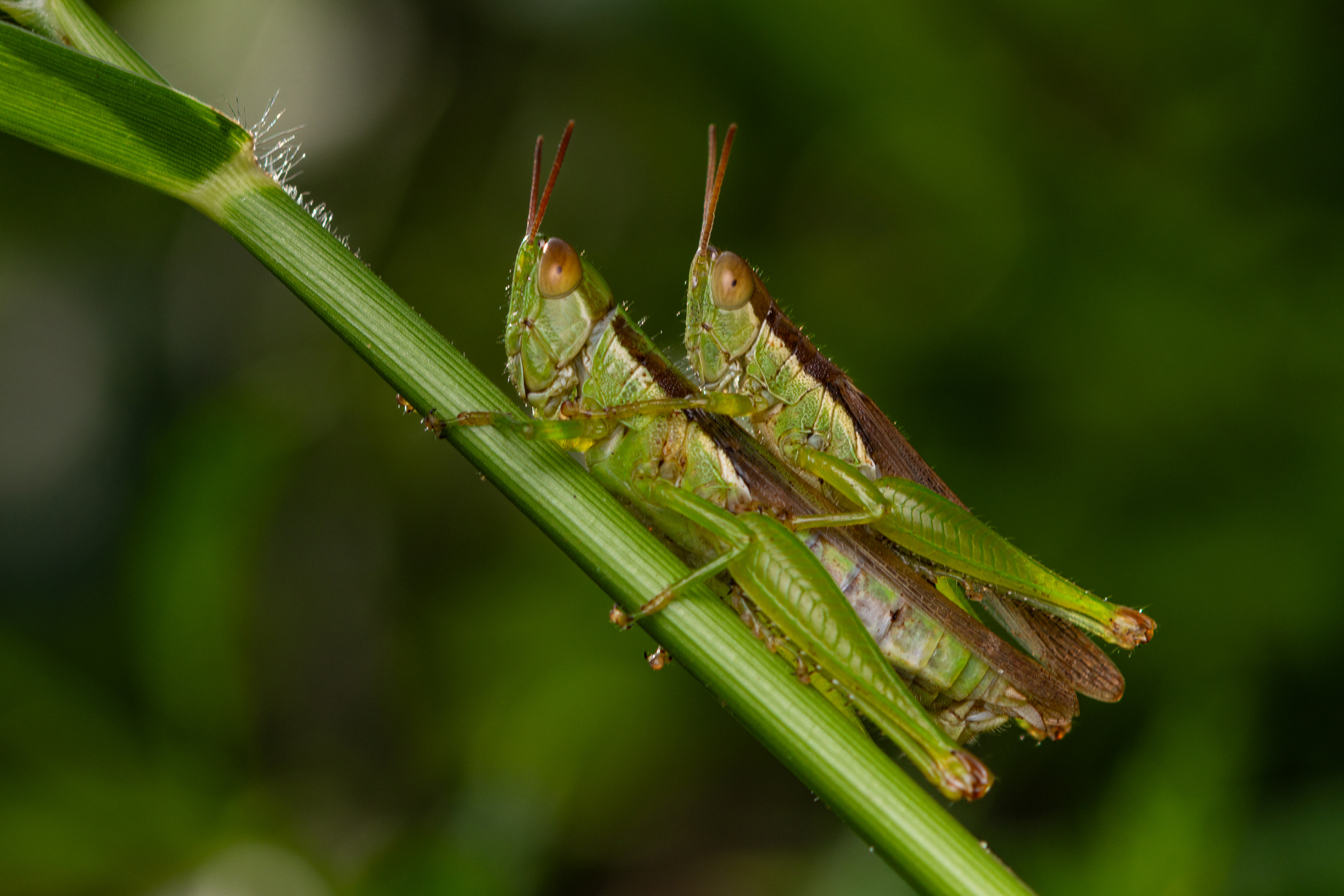
But something has changed. What once felt like a garden bursting with life now feels quiet. Butterflies that used to dance freely from flower to flower now appear in fewer numbers. The vibrant beetles, dragonflies, and curious little insects I used to photograph in abundance are now rare sightings. It is as if the magic is slowly fading.
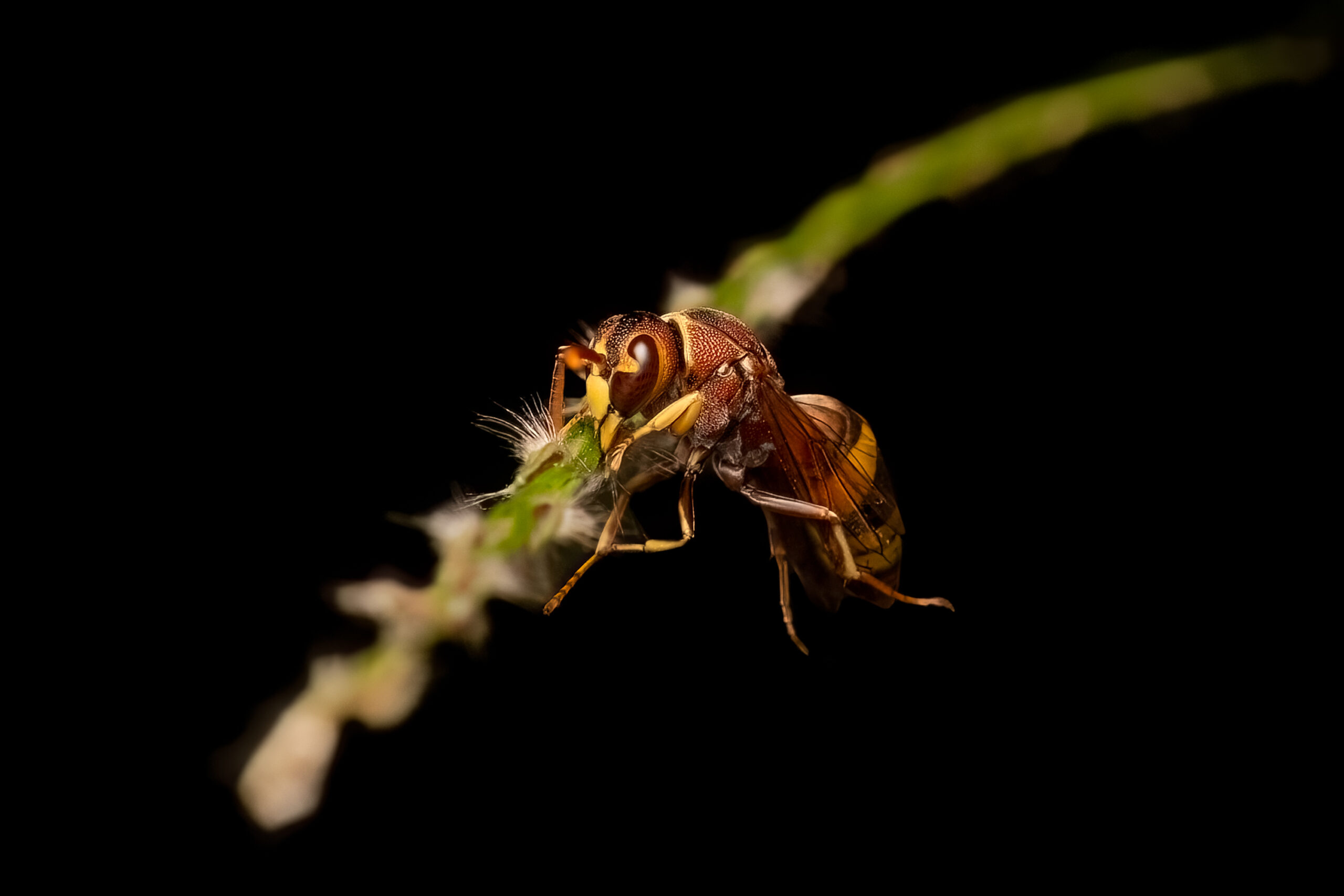
At first, I thought it was just me. Maybe I was missing the timings. Maybe the weather wasn’t right. But year after year, the pattern continued. The decline is real. It breaks my heart as a photographer but even more as someone who has loved these creatures since childhood.
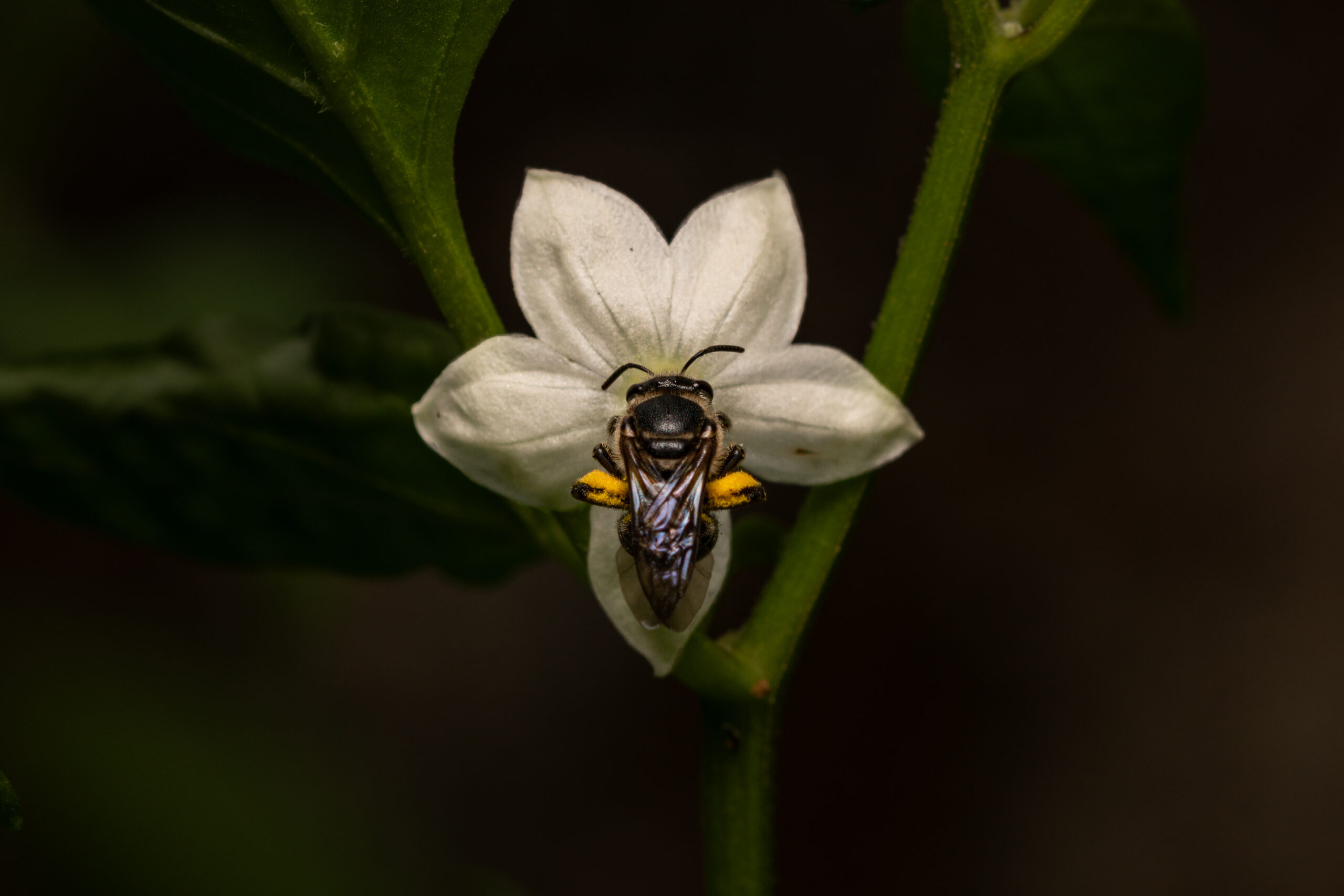
What I have witnessed around my house in Kerala is not unique. Around the world, insects populations, especially pollinators like butterflies, bees, and beetles are dropping at alarming rates. A 2019 global study found that over 40% of insect species are declining. And the loss of these tiny creatures has massive consequences for our ecosystems, agriculture, and food systems.
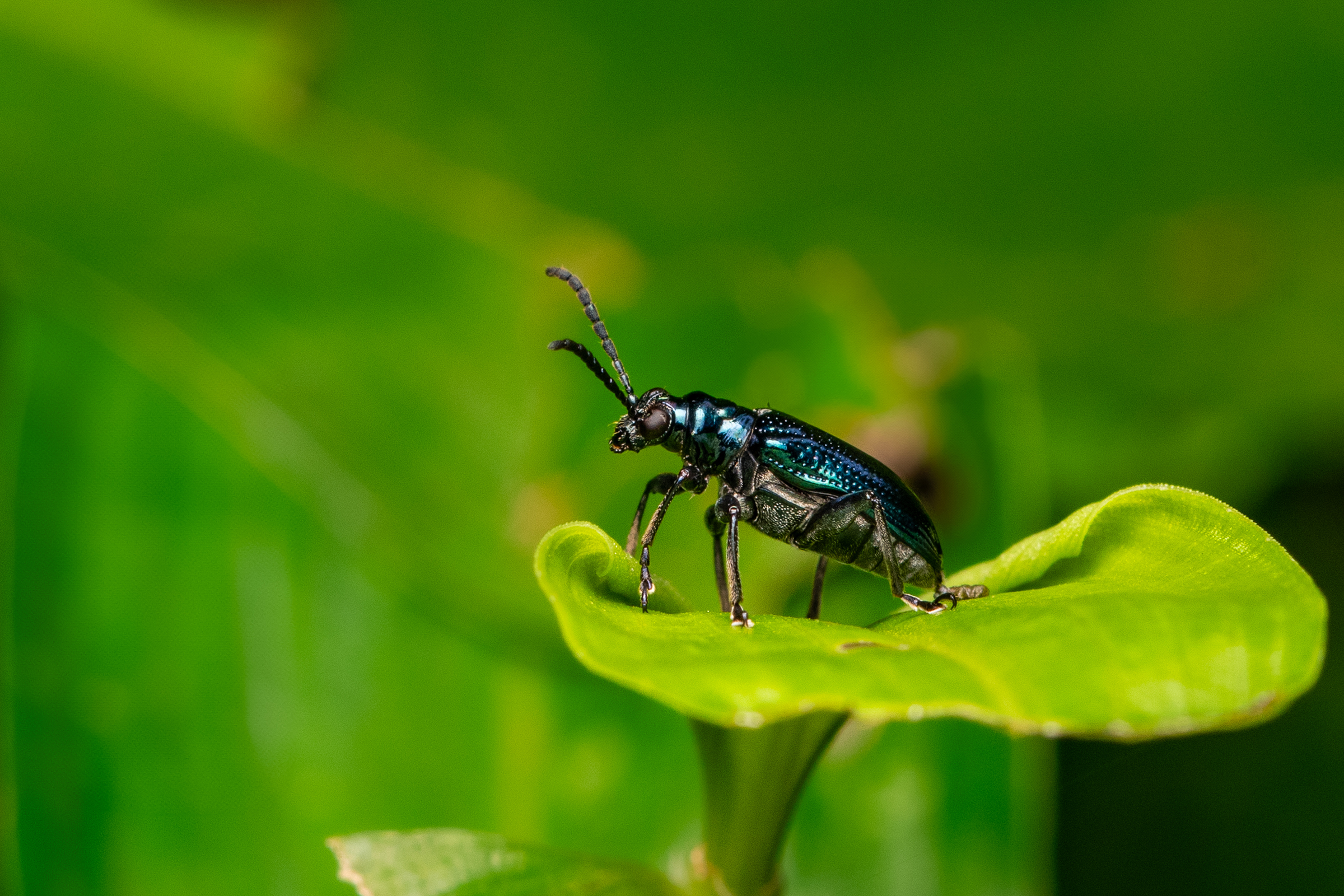
Locally, the expansion of concrete buildings, pesticide-heavy farming, deforestation, and lack of awareness have all contributed to this decline. We have cleared out the wild edges, replaced native plants with ornamental ones, and sprayed away the very creatures that pollinate our food, and yet, the solution doesn’t always need to be grand. It starts right at home.
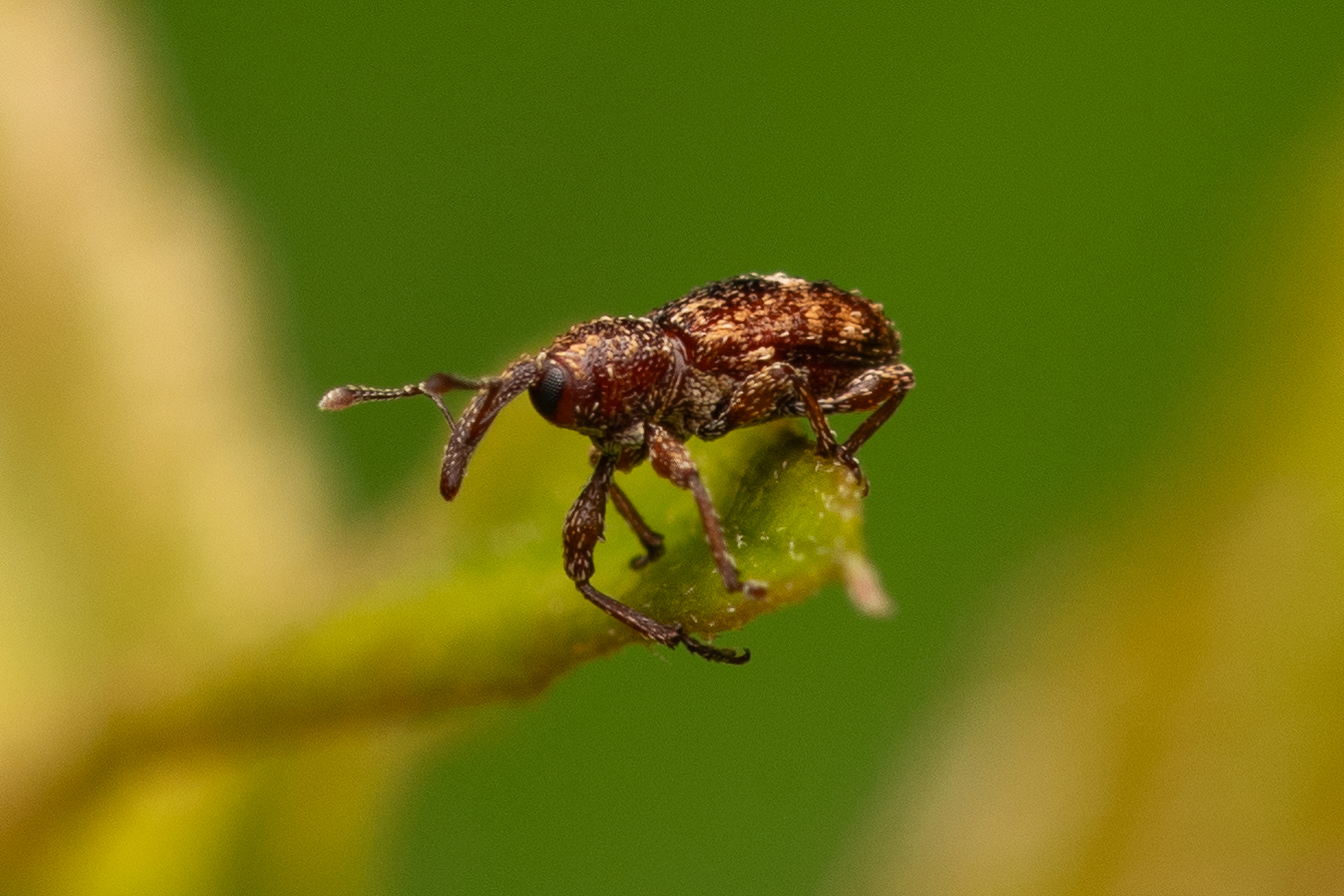
What I’m Doing – and What We All Can Do
Despite the heartbreaking changes, I haven’t given up. I have adapted my photography to become more than just art now, it is also my documentation, my memory, my advocacy.
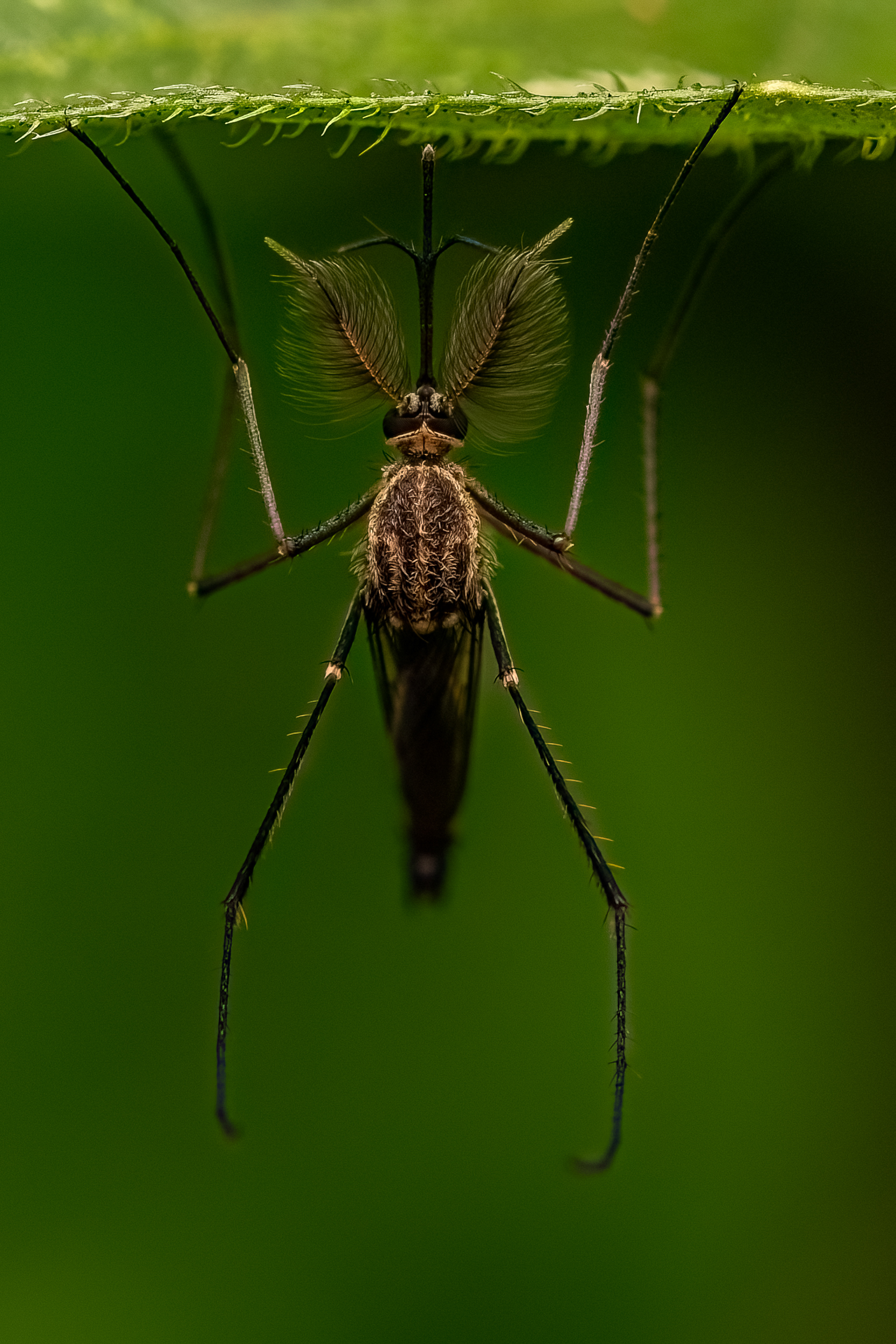
Here are the steps I have been taking and hope others will too to protect the macro world around us:
1. Plant Native and Flowering Species
Every time I visit, I plant more. Native flowering plants like hibiscus, tulsi, ixora, and wild jasmine attract butterflies, bees, and other insects. These plants not only beautify the space but restore food sources for pollinators.
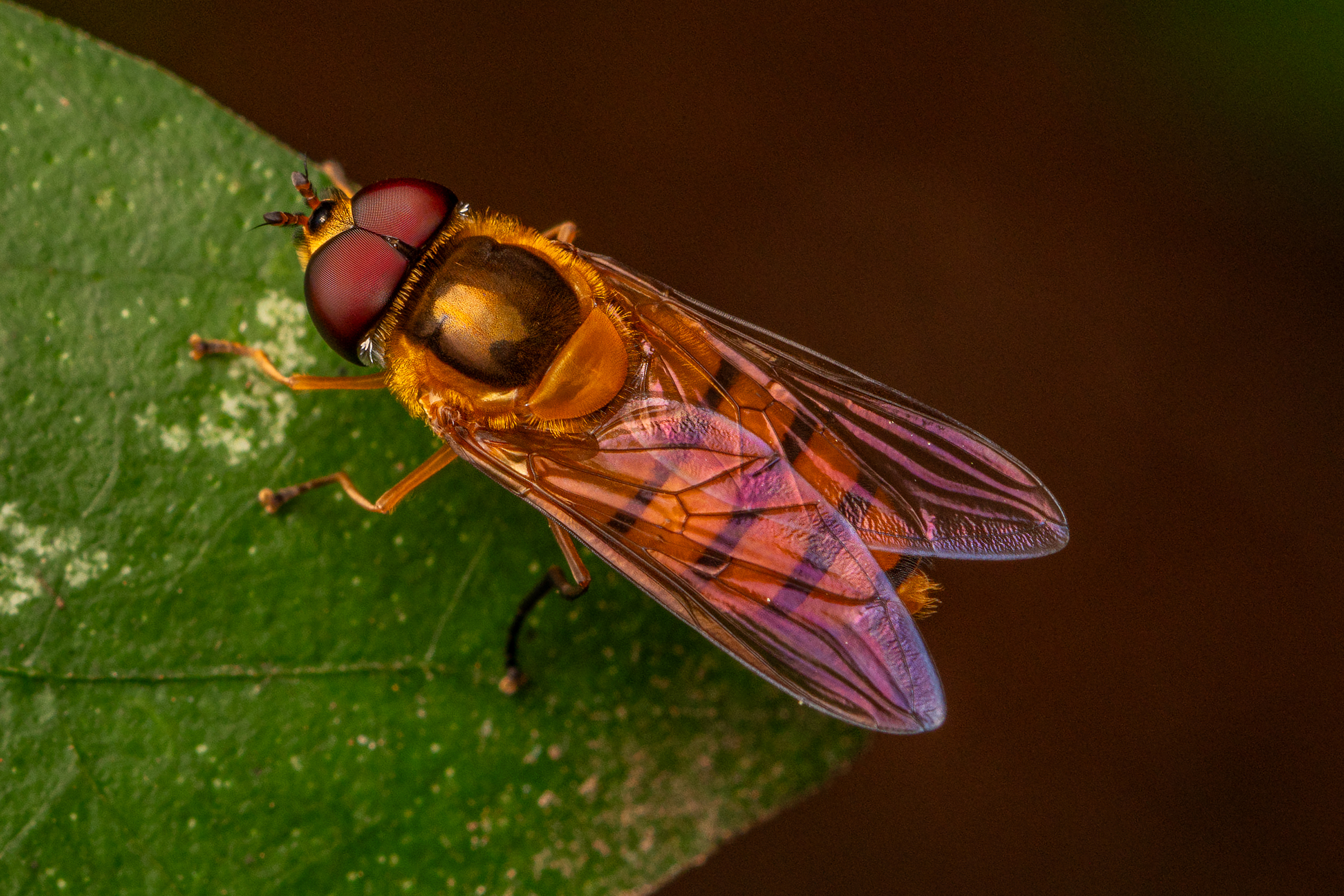
2. Say No to Pesticides
I avoid all chemical sprays and insecticides. Let nature balance itself. A spider on your wall or a beetle in your garden is not a nuisance, it is a resident. Every insect plays a role in the ecosystem.
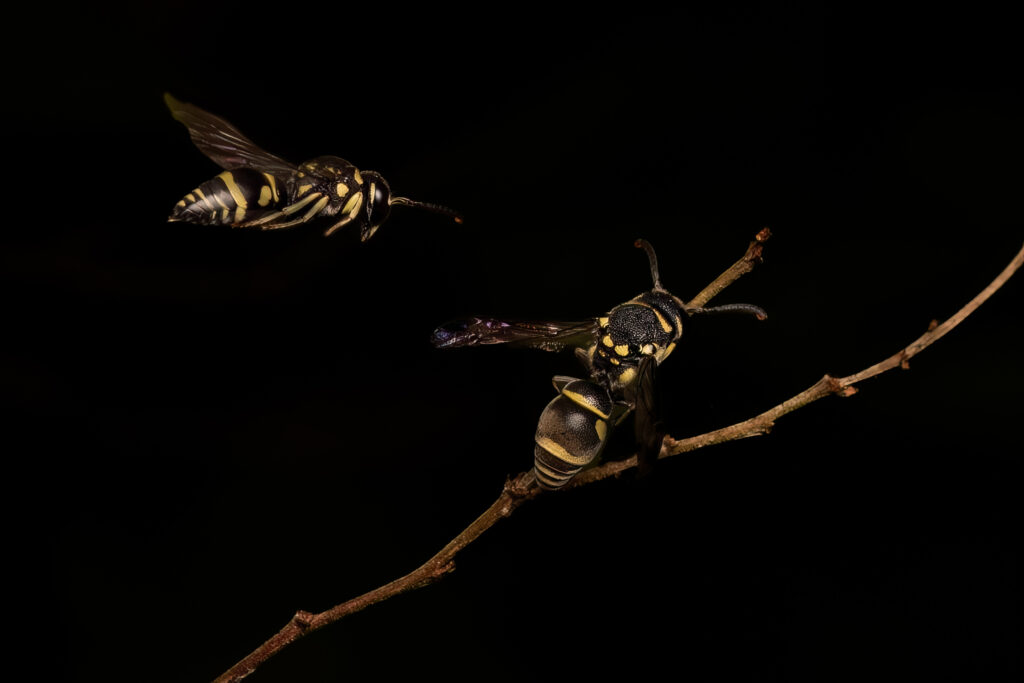
3. Leave Wild Spaces Alone
A messy patch of leaves, a rotting log, or a wild corner in your yard is a haven for life. We don’t always need manicured gardens. A little wilderness goes a long way.
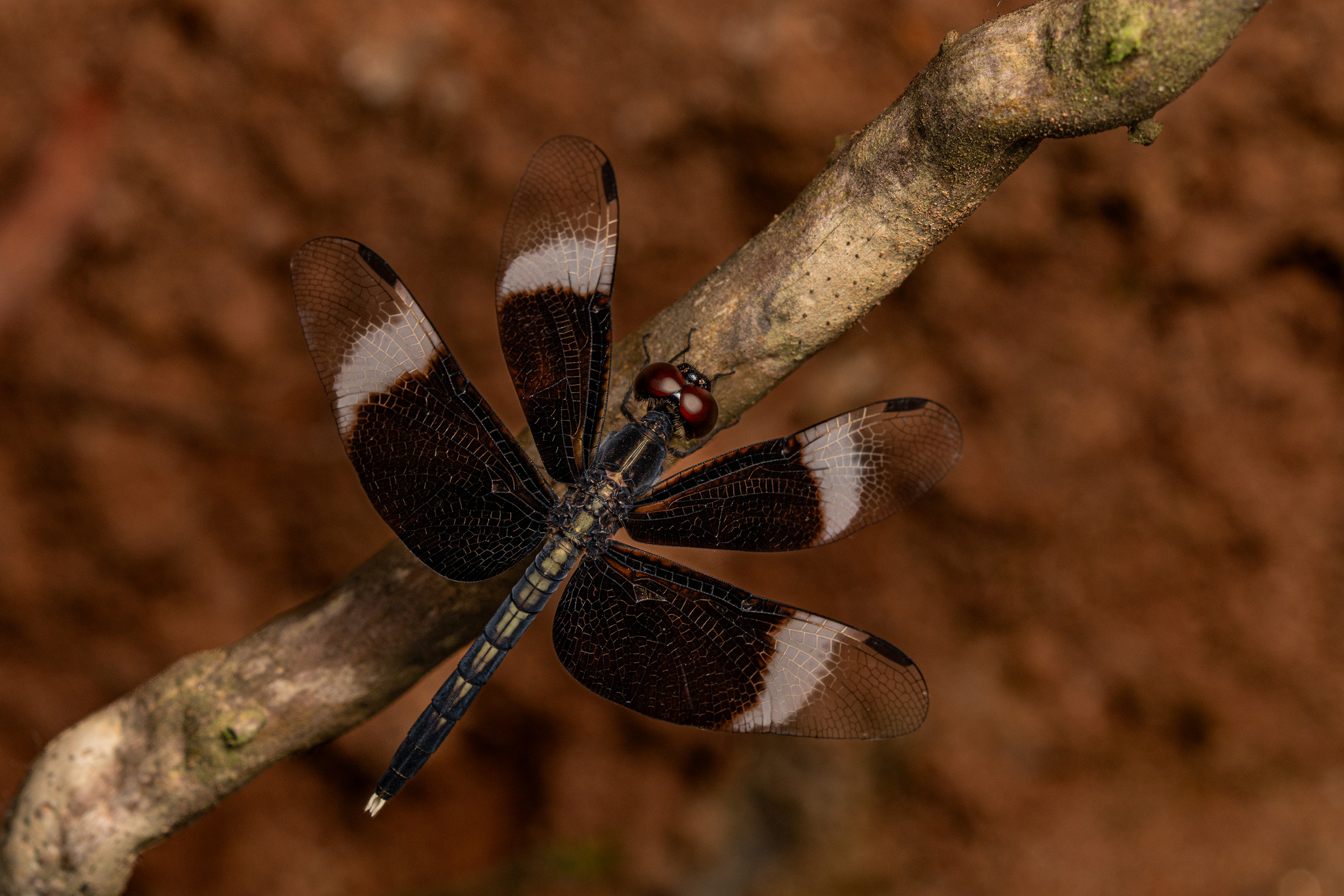
4. Use Less Light at Night
Bright lights at night disturb insect navigation and reproduction. I use warm, soft lighting outdoors and switch off unnecessary lights after dark. Let nature rest.
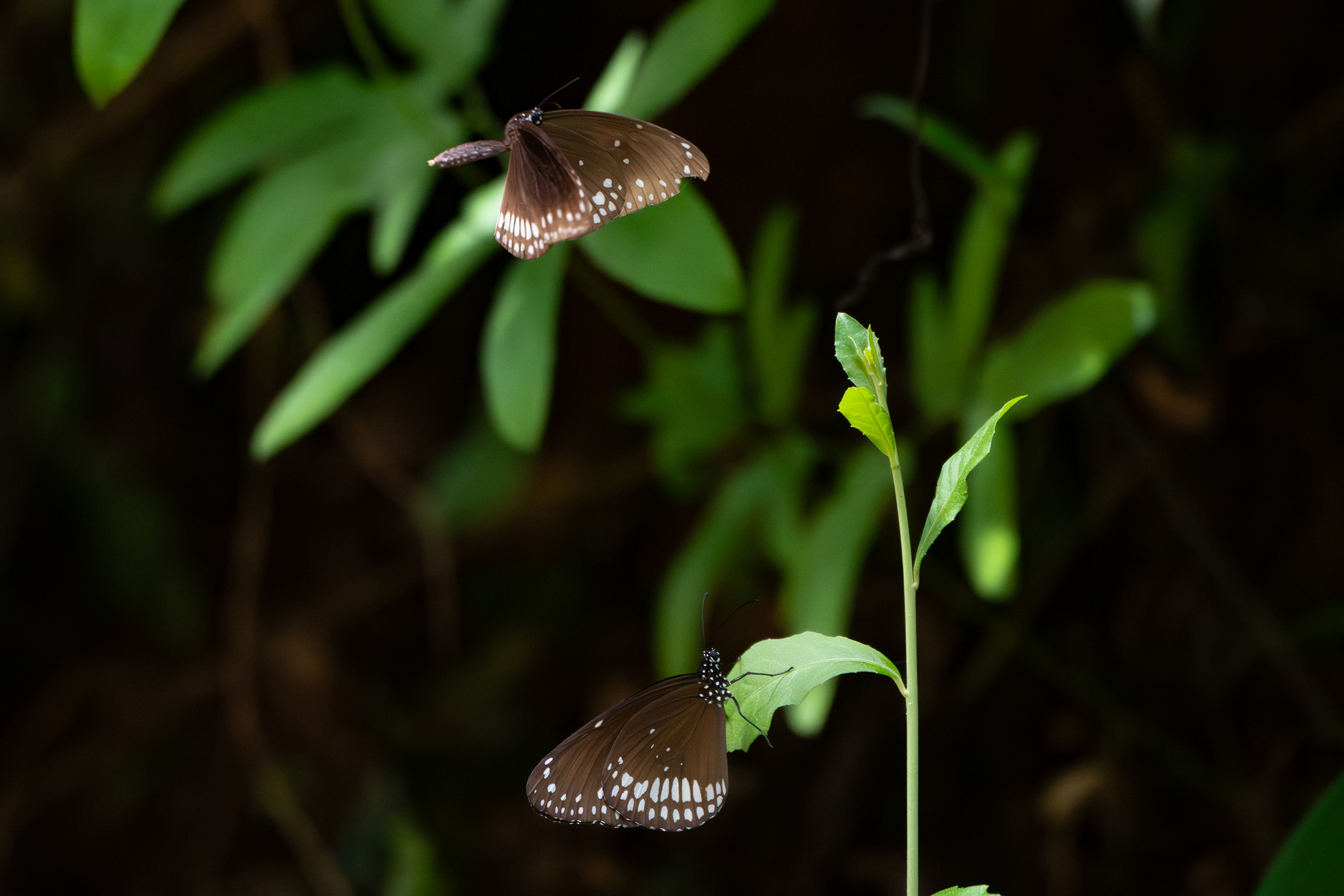
5. Teach, Show, Share
Photography is my way of storytelling. Through my lens, I capture the intricate beauty of the macro world and share it to raise awareness. If even one person starts noticing the small wonders in their garden, it is a step in the right direction.
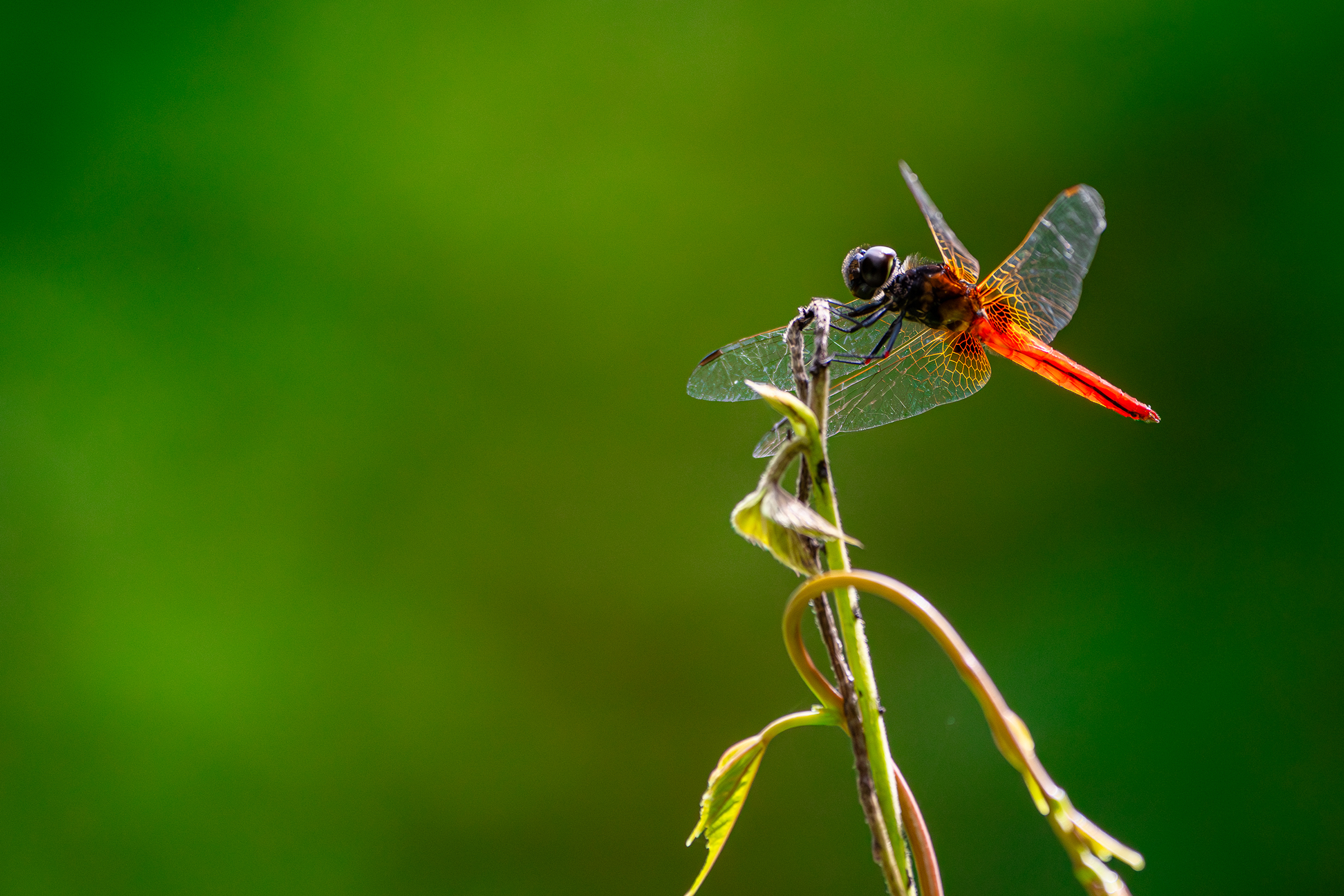
Today, each macro photo I take feels more important than ever. A single shot of a butterfly feels like a memory preserved proof that it was here. Proof that our garden once held magic. Proof that it still can.
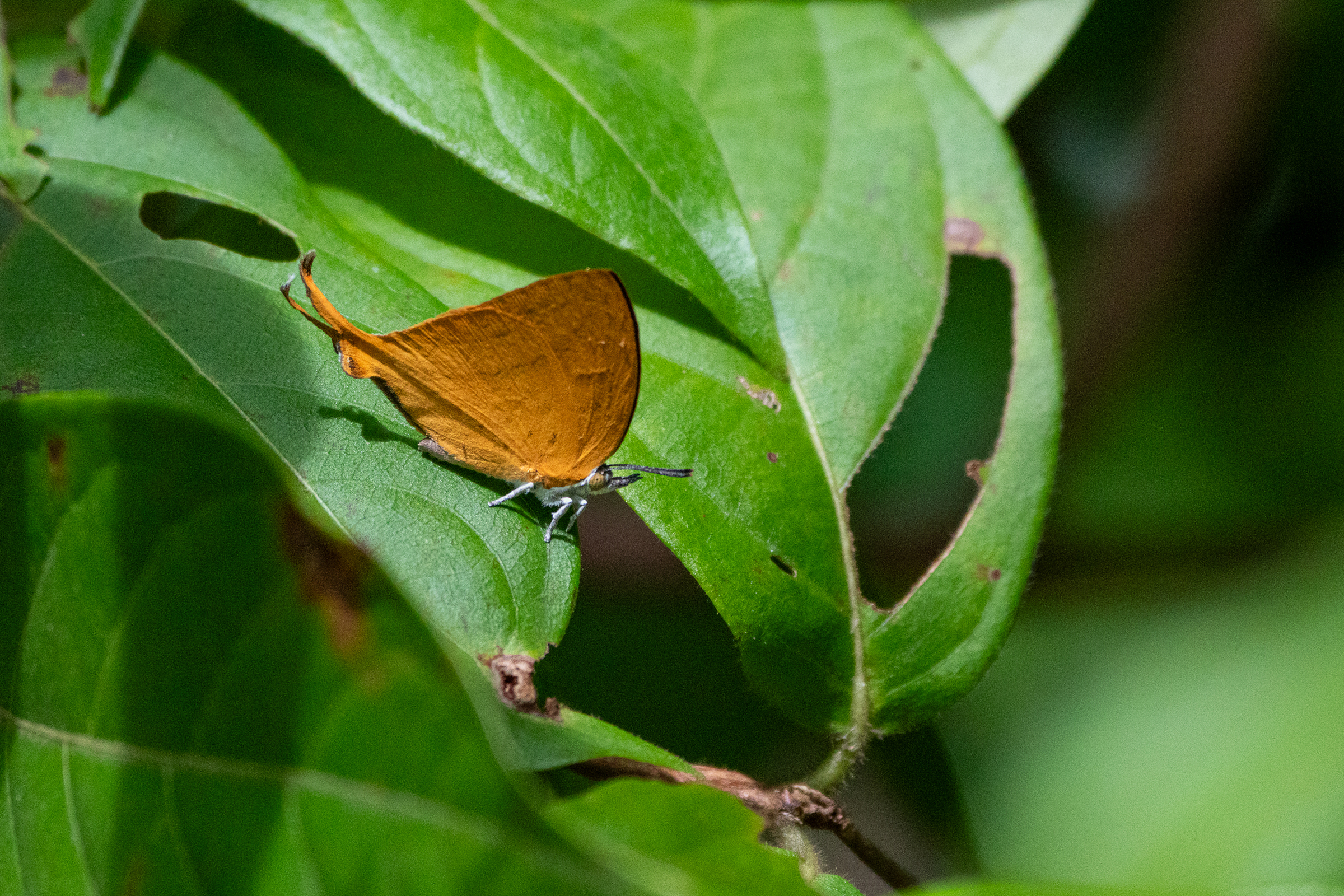
When I photograph a tiny insect on a leaf or a spider in the morning dew, I often think of my father. I think of how he used to smile at the flowers blooming in our backyard. I think of how he would gently pick up a caterpillar and show it to me, saying, “This too is life.”
Those words live in me. And they echo every time I press the shutter.

As I prepare to leave Kerala each time, my camera card is filled with moments, but my heart often carries a quiet sadness. Will this butterfly be here next year? Will the green bee-eater still visit this tree? Will the spiders weave their webs again on the boundary wall?
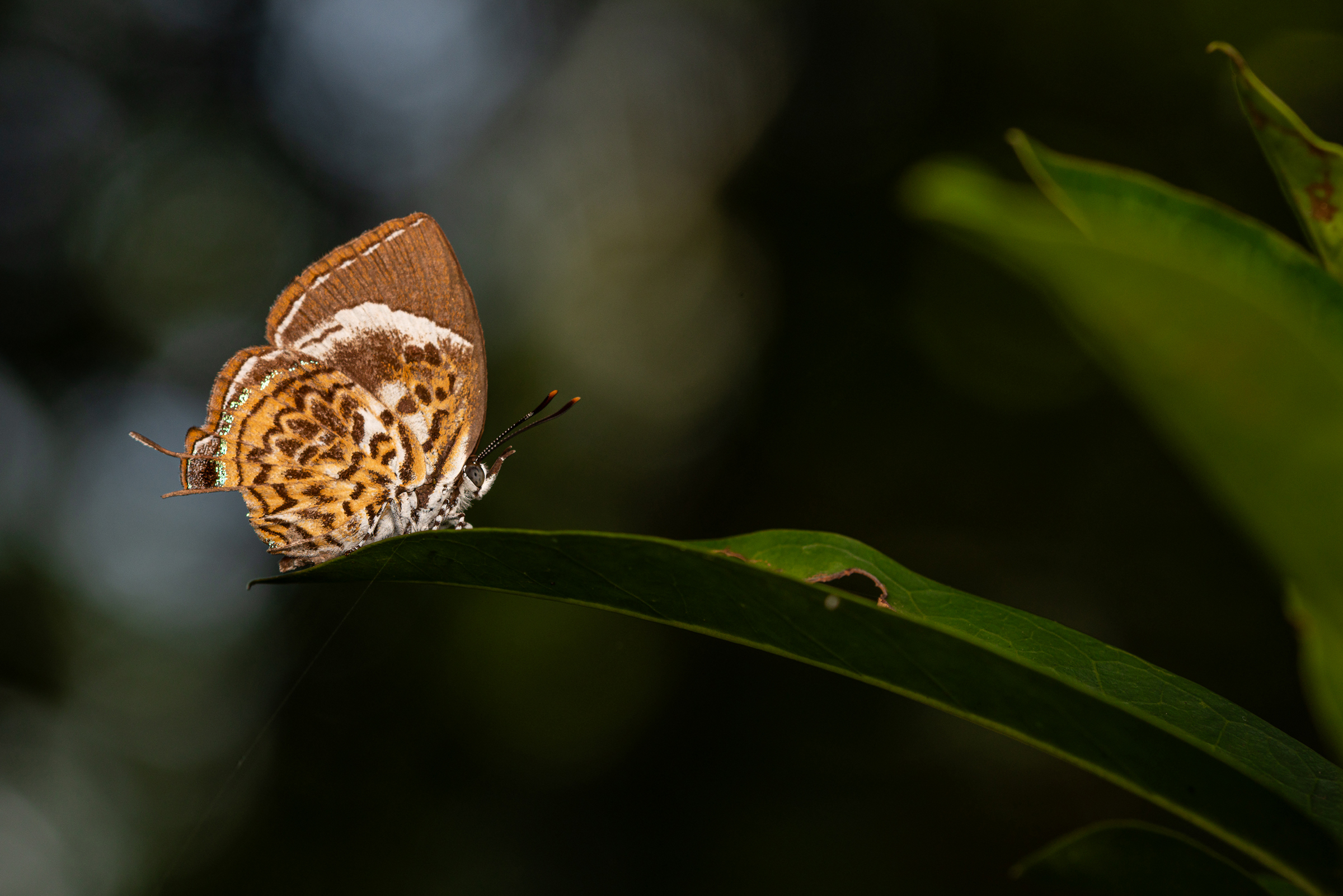
We don’t need to be scientists or activists to protect the natural world. Sometimes, the simplest things matter most: planting a tree, saving a wild flower, letting a caterpillar finish its journey.
Because when we care for the smallest lives, we are caring for the future of our own.
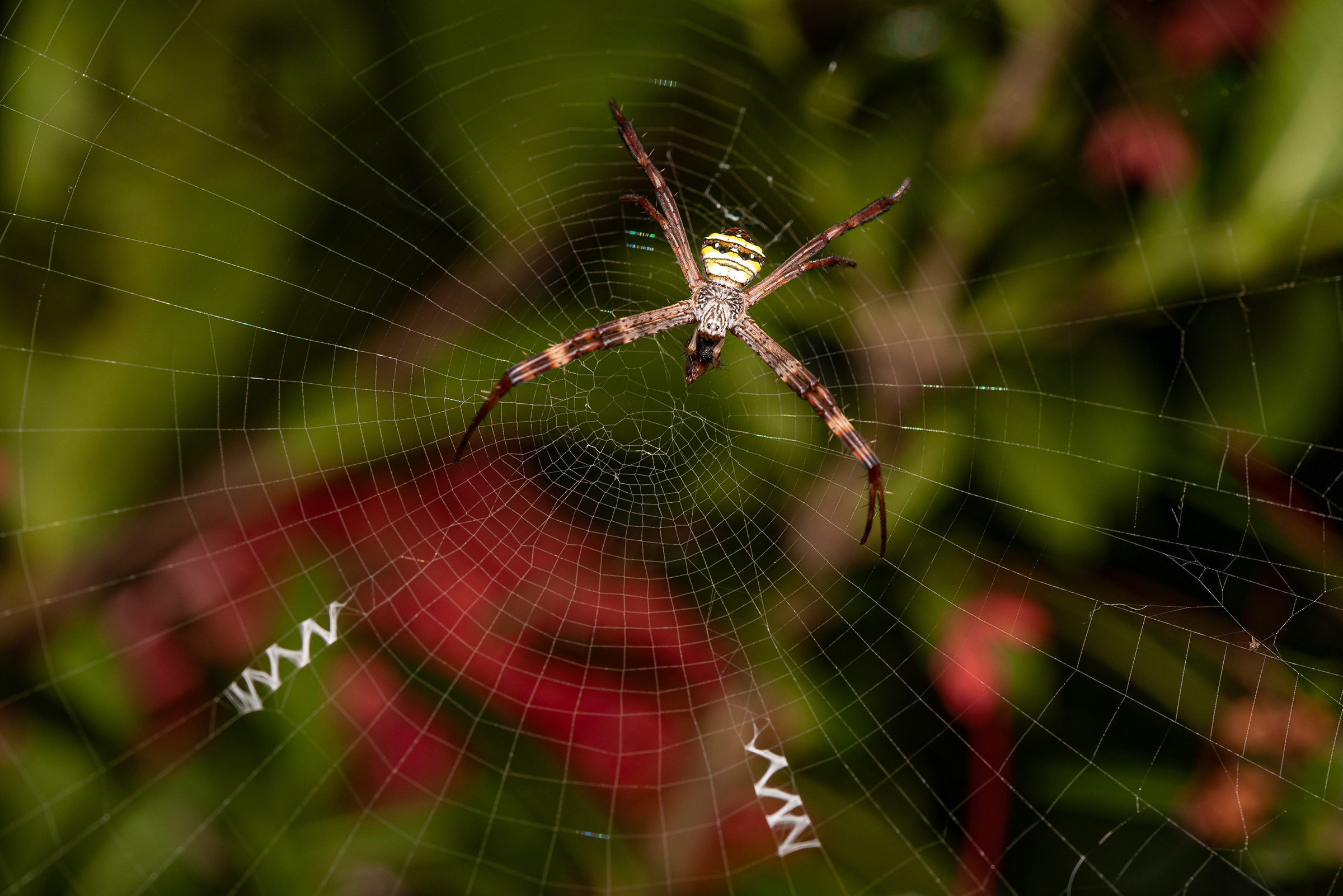
I may live in Dubai, and travel across the world as a photographer, but my roots will always run deep into the soil of our Kerala home where my love for nature was planted by my father’s gentle hands. That love lives on, in the garden we grew together, in every butterfly wing, and in every photo I take.
The world may be changing, but in my backyard, I still choose to notice, to nurture, and to remember

